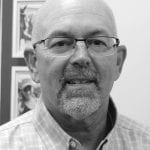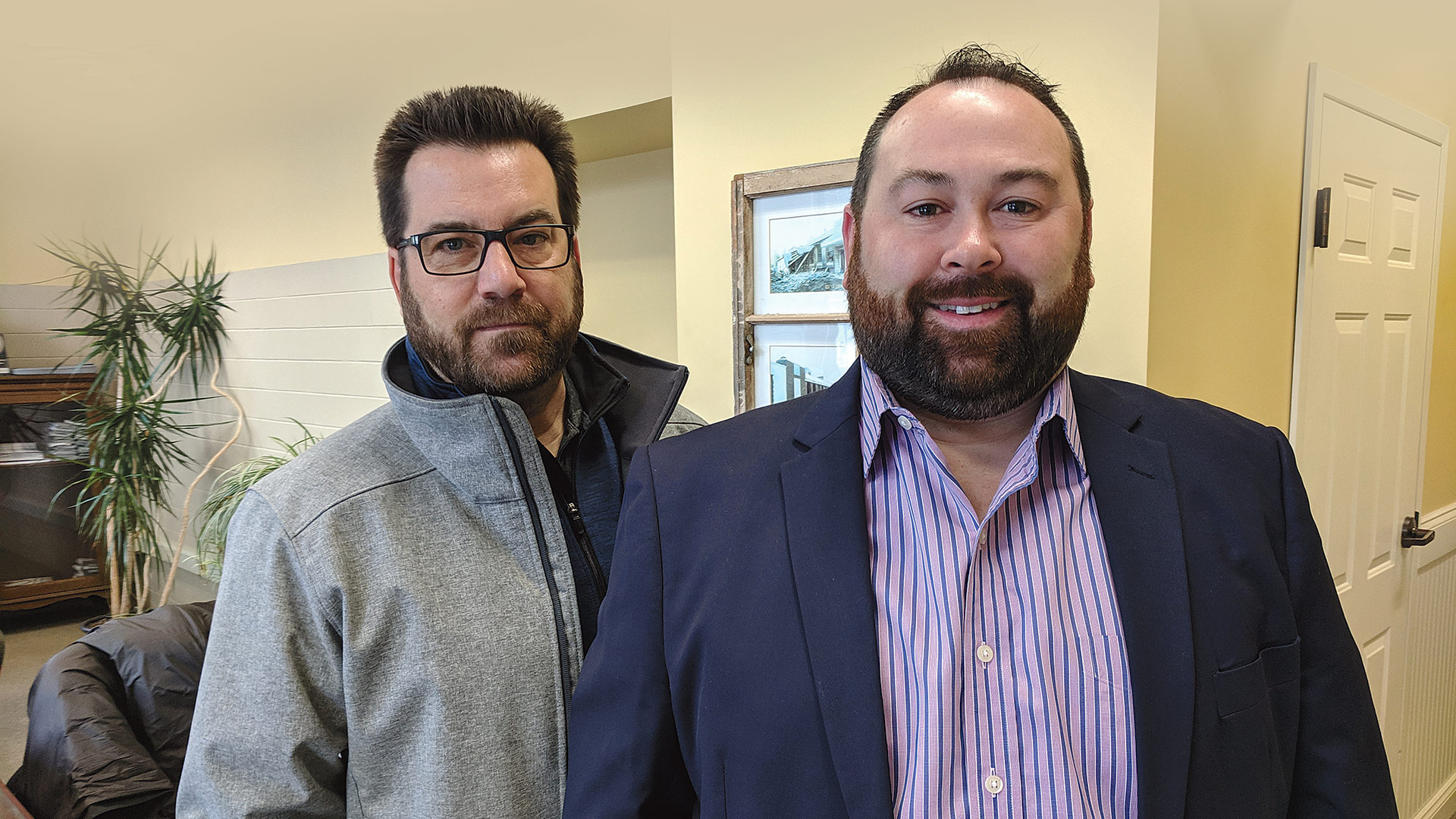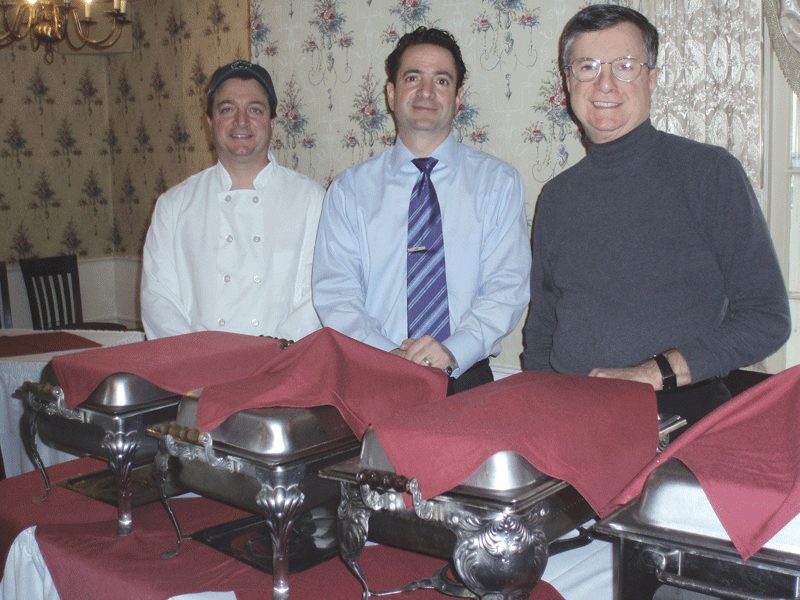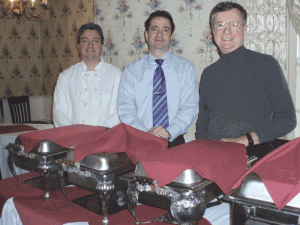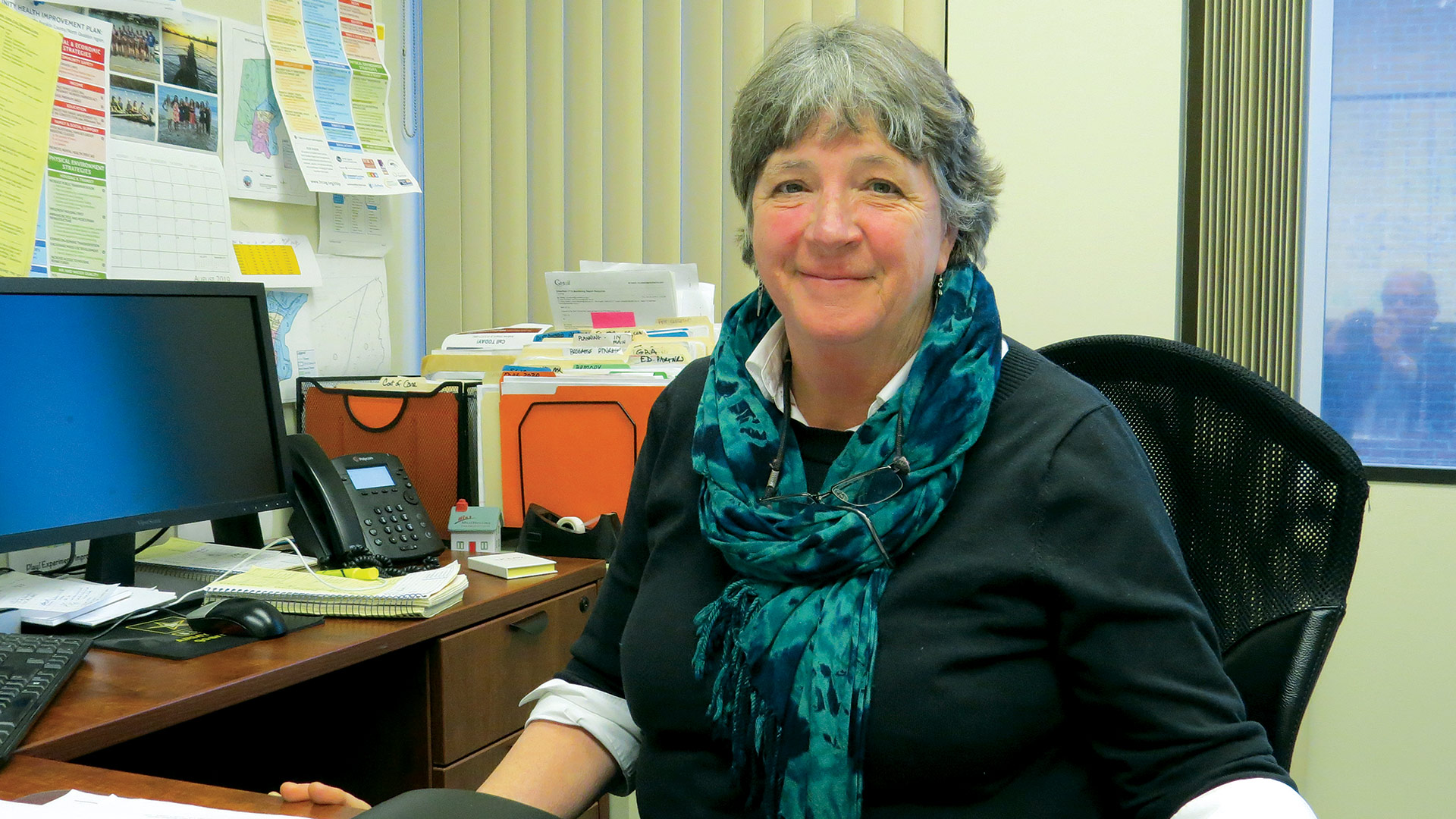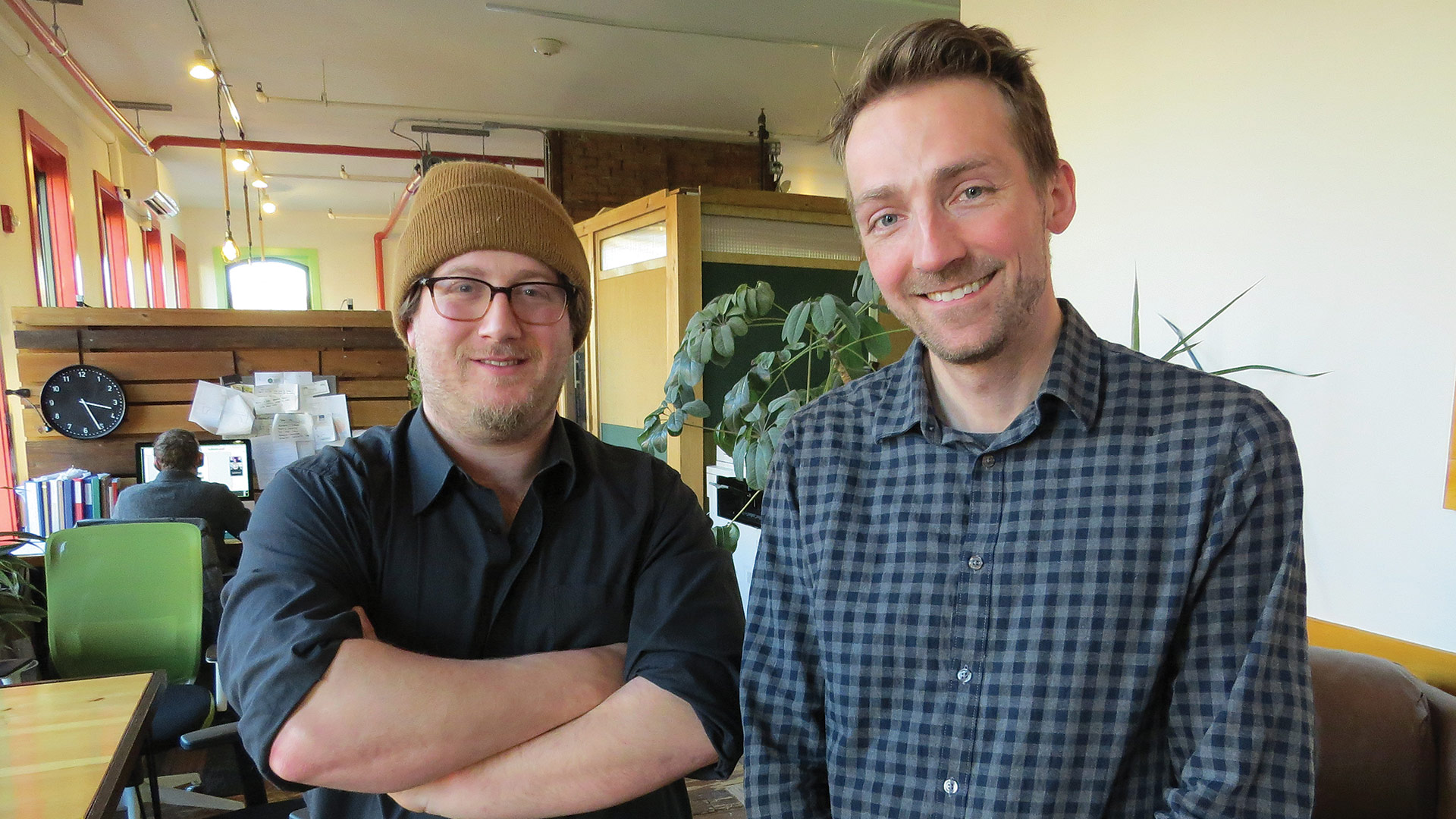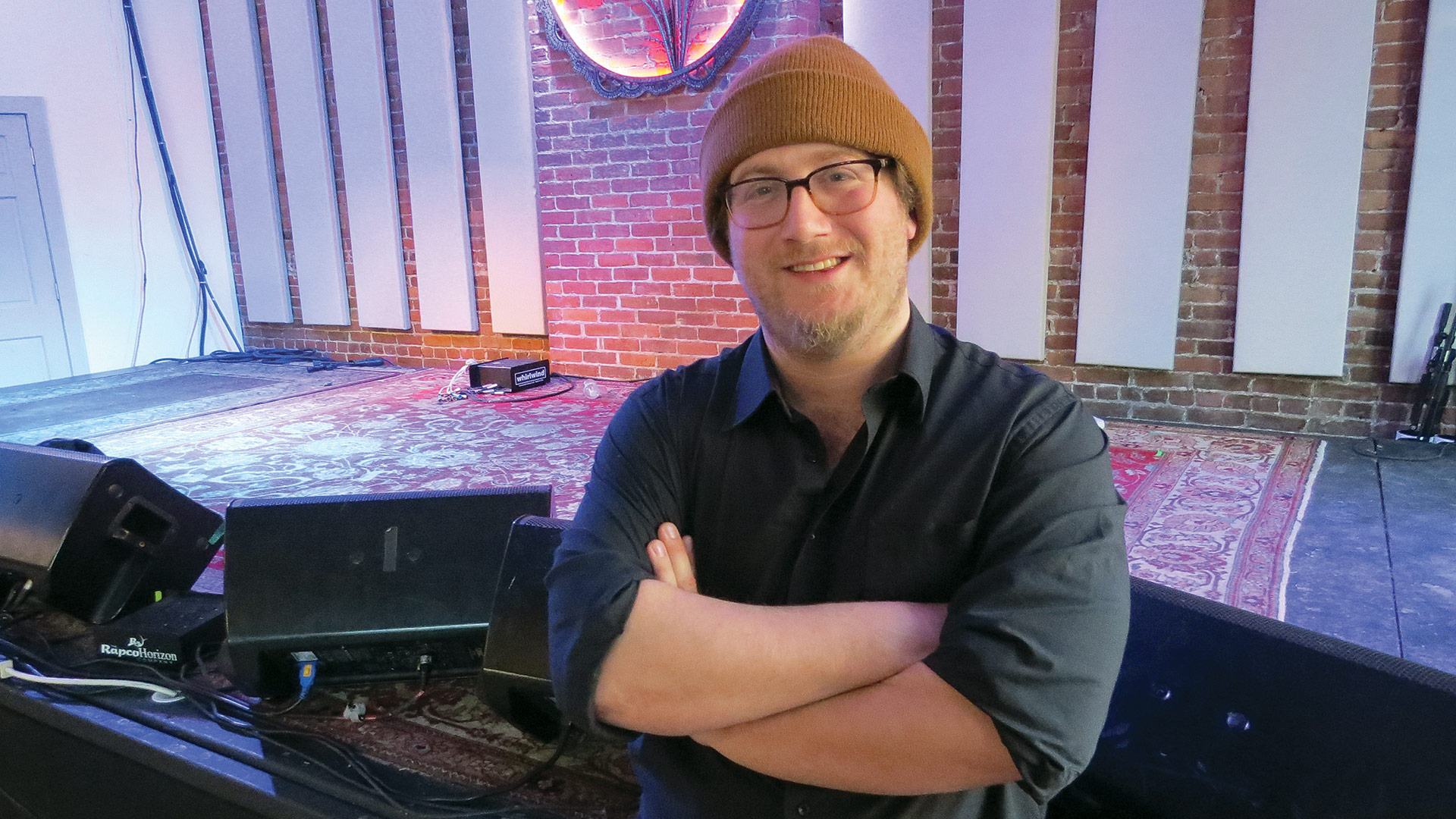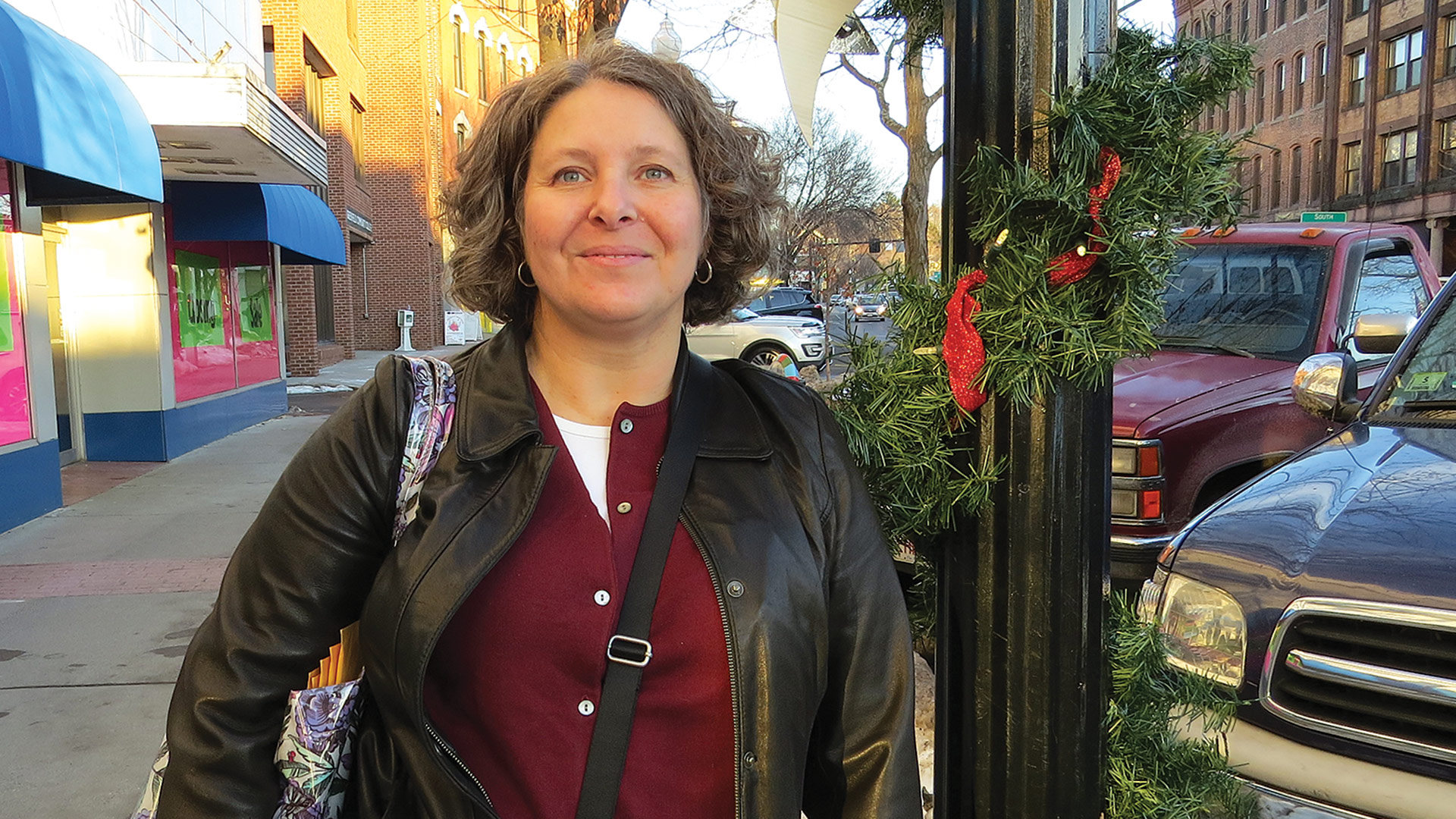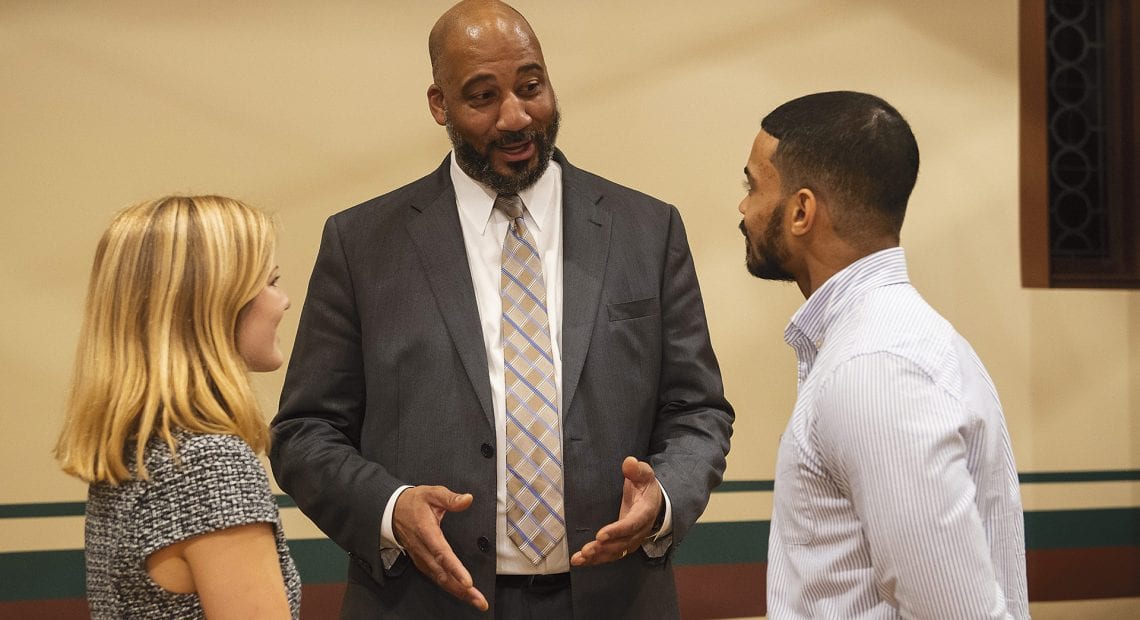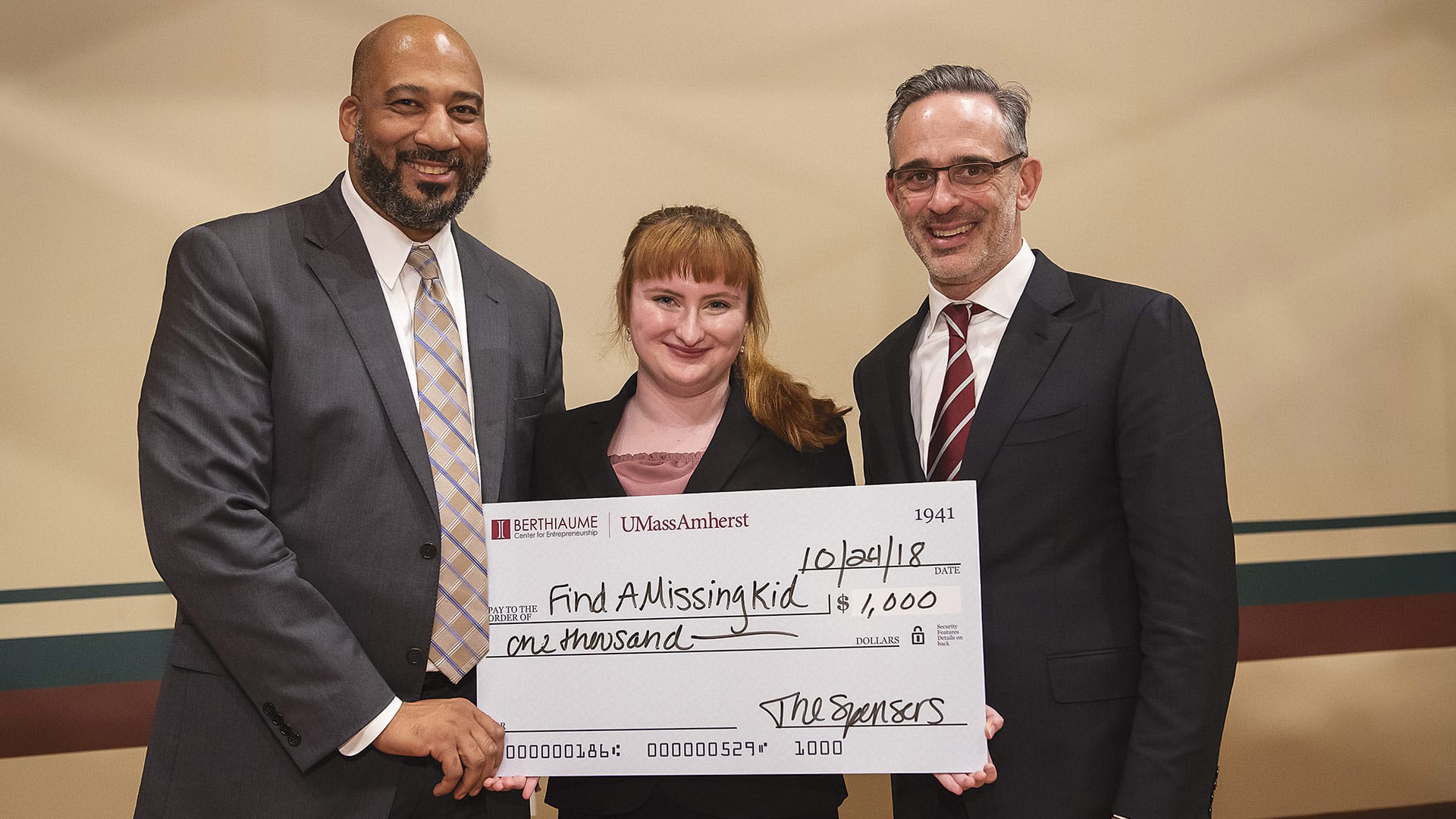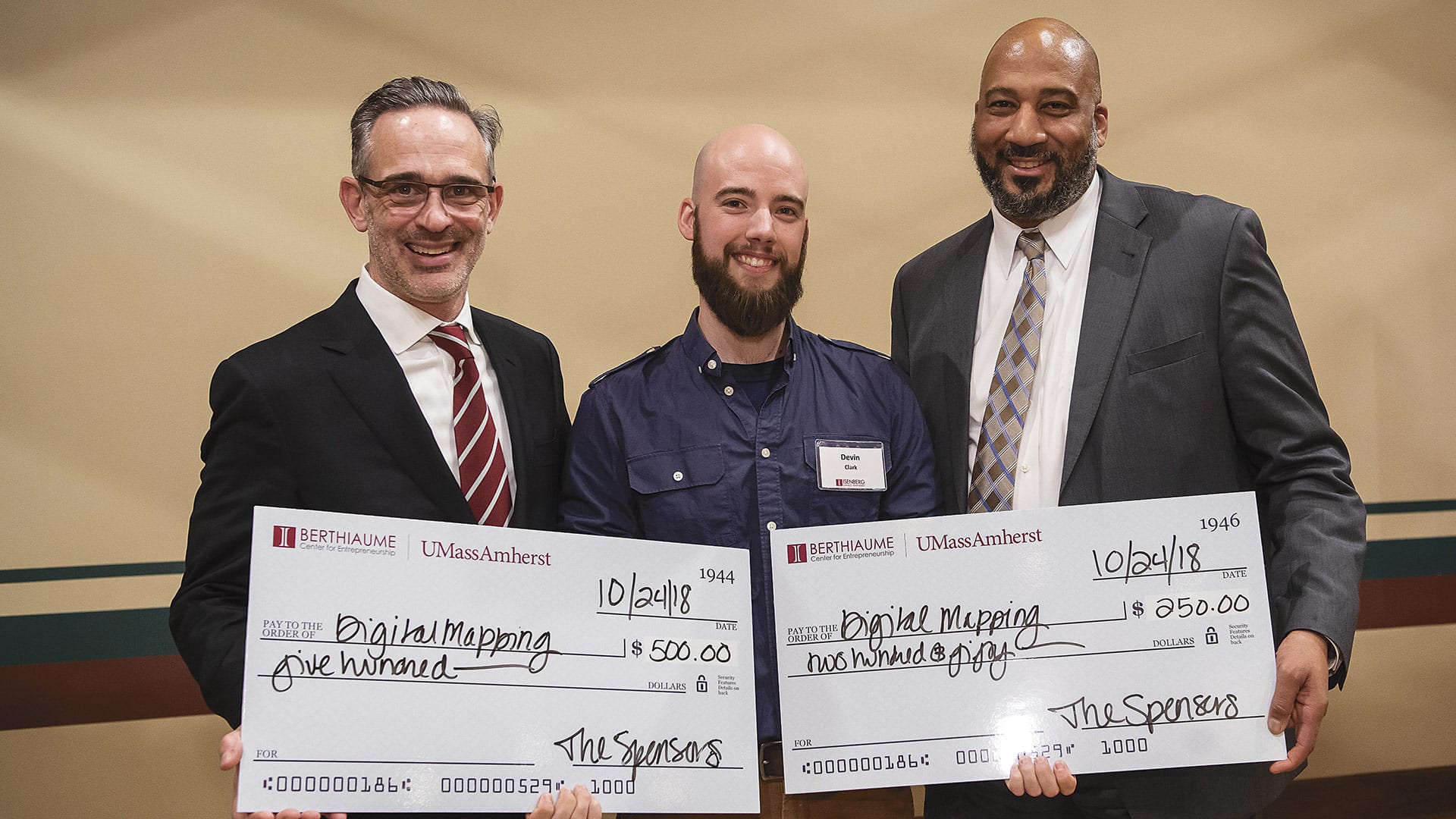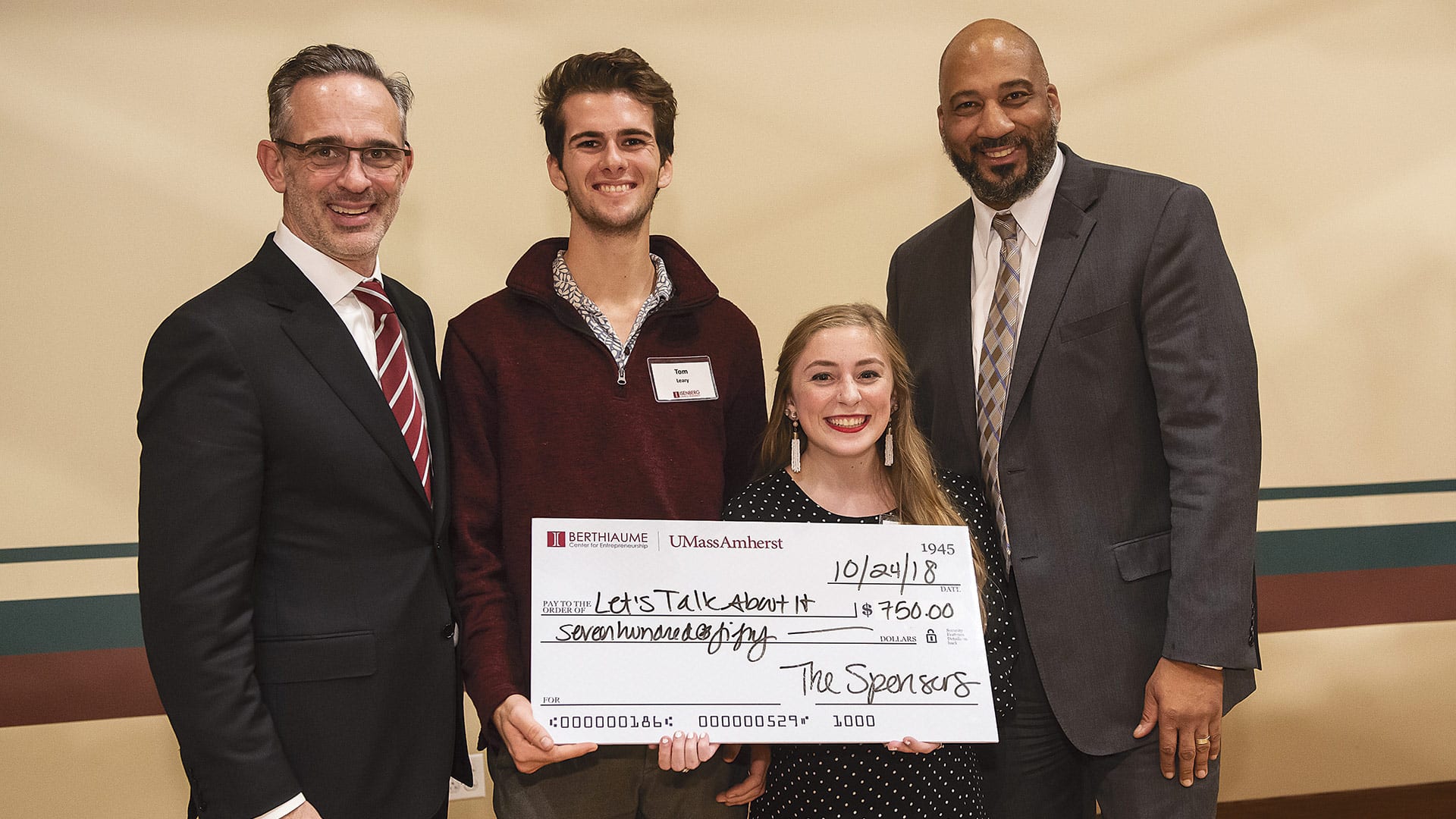Depth, Diversity Define the 2013 List of Top-performing Companies
 Jeffrey Ciuffreda says there are a number of encouraging signs to take from this year’s roster of Super 60 companies — the 24th compilation of the region’s top-performing businesses.
Jeffrey Ciuffreda says there are a number of encouraging signs to take from this year’s roster of Super 60 companies — the 24th compilation of the region’s top-performing businesses.
For starters, there are the numbers — for both revenue and revenue growth — posted by the winners, said Ciuffreda, president of the Affiliated Chambers of Commerce of Greater Springfield, which has presented the program since 1990. He noted that companies in the first category averaged more than $35 million last year and combined for more than $1 billion. Meanwhile, one-third of the companies in the revenue-growth category averaged in excess of 50% growth over the past three years, and the average for those 30 honorees was 49%.
These figures speak to how well the area business community has rebounded from the deep and lengthy recession that began in 2008, said Ciuffreda, noting that another positive sign is the diversity represented by this year’s list, which includes everything from colleges to technology companies; healthcare facilities to manufacturers; financial-services firms to retailers.
The number of small, and in some cases very small, businesses on the list is also encouraging, he noted, adding that perhaps the most noteworthy quality when it comes to this year’s roster is the number of first-timers; there are seven, the largest group of newcomers in several years.
“To get new folks on there shows that maybe over the past few years, when people had their heads down and were just surviving, there were some businesses that were experiencing pretty good progress,” he told BusinessWest, adding that their participation in Super 60 shows a desire to tell their story. “It’s a good sign for the economy when you can get new businesses that can exhibit that kind of growth.”
Still another source of encouragement is the large number of companies — 12 in all — that qualified for both categories, said Ciuffreda, noting that this stat indicates that some larger companies have been experiencing strong growth.
The 2013 edition of the Super 60 will be feted at the program’s annual luncheon on Oct. 25, from 11:30 a.m. to 1:30 p.m. at Chez Josef in Agawam. The event will feature introductions of the winners and include a presentation on a unique business venture in the region — Simple Diaper and Linen, a growing enterprise that has mastered the technique of eco-friendly laundering.
Principals Angie Gregory and Jessica Montagna will detail the company’s profound growth and unique business model, and thus continue a pattern of letting emerging entrepreneurs take center stage at the Super 60 lunch. In recent years, Paul Kozub, founder of V-One Vodka, and Stanley Kowalski, founder of FloDesign, have been keynoters.
Meanwhile, for this issue, BusinessWest spotlights the 60 winners (snapshot profiles begin on page 21) in both the total-revenue and revenue-growth categories.
Topping the former is Springfield College, led by new president Mary-Beth Cooper, followed by Noonan Energy Corp., a residential heating and cooling company, and Whalley Computer Associates Inc., a Southwick-based technology-solutions firm.
Whalley is one of six companies in the category to also qualify for the revenue-growth list. The others are Gandara Mental Health, Joseph Freedman Co. Inc., Maybury Associates, Millennium Power Services Inc., and Tighe & Bond.
Topping the revenue-growth category (where there are actually 31 winners) is Mahan Slate Roofing Co. Inc., which specializes in slate and copper roofing for residential, institutional, and commercial structures, followed by Paragus IT, the Hadley-based outsourced IT solutions firm, and Troy Industries Inc., a U.S. government contractor that designs and manufactures small-arms components and accessories.
Troy was one of six in that category to also qualify for the total-revenue list. The others are ABLE Machine Tool Sales Inc., the Futures Health Group, LLC, NUVO Bank, Specialty Bolt & Screw Inc., and Titan USA Enterprises Inc.
To be considered, companies must be based in Hampden or Hampshire counties or be a member of the ACCGS, have revenues of at least $1 million in the last fiscal year, be an independent and privately owned company, and have been in business at least three full years. Companies are selected based on their percentage of revenue growth over a full three-year period or total revenues for the latest fiscal year.
For more information regarding the Super 60 or to make reservations for the luncheon, call (413) 755-1313 or order online at www.myonlinechamber.com. Tickets cost $50 for ACCGS members and $70 for non-members.
Elizabeth Taras can be reached at [email protected]
TOTAL REVENUE
* Indicates company qualifed in both categories
1. Springfield College
263 Alden St., Springfield
(413) 748-3000
www.springfieldcollege.edu
Mary-Beth Cooper, President
Founded in 1885, Springfield College is a private, independent, coeducational, four-year college offering undergraduate and graduate degree programs with its Humanics philosophy — educating students in spirit, mind, and body for leadership in service to others.
2. Noonan Energy Corp.
86 Robbins Road, Springfield
(413) 734-7396
www.noonanenergy.com
Ted Noonan, President
Founded by Timothy Noonan in 1890, the fifth-generation energy company is now led by Ted Noonan, and installs, replaces, maintains, and upgrades heating and cooling systems throughout the Pioneer Valley.
3. Whalley Computer
Associates Inc. *
One Whalley Way, Southwick
(413) 569-4200
www.wca.com
John Whalley, President
WCA is a locally owned family business that has evolved from a hardware resale and service group in the ’70s and ’80s into a company that now focuses on lowering the total cost of ownership of technology and productivity enhancement for its customers. Whalley carries name-brand computers as well as low-cost performance compatibles.
Aegis Energy Services Inc.
55 Jackson St., Holyoke
(800) 373-3411
www.aegisenergyservices.com
Lee Vardakas, Owner
Founded in 1985, Aegis Energy Services is a turn-key, full-service provider of combined heat and power systems (CHPs) that generate heat and electricity using clean, efficient, natural-gas-powered engines. These modular CHP systems reduce a facility’s dependence on expensive utility power, reduce energy costs, and reduce one’s carbon footprint.
American International College
1000 State St., Springfield
(800) 242-3142
www.aic.com
Vincent Maniaci, President
The 128-year-old private, coeducational, liberal-arts school is interracial, interfaith, and international. One of the keystones of the AIC experience is the opportunity to interact with students from many different backgrounds. The college is organized into schools of Arts, Education, and Sciences; Business Administration; Health Sciences; and Continuing Education.
Associated Electro-Mechanics Inc.
185 Rowland St., Springfield
(800) 288-4276
www.aemservices.com
Elayne Lebeau, Owner/CEO
Associated Electro-Mechanics is a diversified, one-stop industrial sales and service center servicing the New England region and beyond, with a variety of industrial repair and rebuilding services.
The Association for Community Living
220 Brookdale Dr., Springfield
(413) 732-0531
www.theassociationinc.org
Barbara Pilarcik, Executive Director
For 60 years, the Association For Community Living has been creating opportunities, building relationships, and improving lives of children and adults with developmental disabilities and their families. The agency’s caring and experienced workforce empowers individuals with developmental disabilities to live with dignity, bringing fulfillment, community, and valuable relationships into their lives.
Baystate OB/GYN Group Inc.
2 Medical Center Dr., #206, Springfield
(413) 794-8484
www.bogg.com
dr. Howard Trietsch, managing partner
Caring for patients for more than 25 years, Baystate Ob/Gyn Group Inc. offers experienced care for pregnancy, gynecology, menopause, and surgical gynecology for women from teens through the elder years at four office locations in the region.
Braman Chemical Enterprises
147 Almgren Dr., Agawam
(413) 732-9009
www.braman.biz
Gerald Lazarus, President
Braman has been serving New England since 1890, using state-of-the-art pest-elimination procedures for commercial and residential customers. The company has offices in Agawam, Worcester, and Lee, as well as Hartford and New Haven, Conn.
Bridgeport National Bindery Inc.
662 Silver St., Agawam
(413) 789-1981
www.bnbindery.com
Bruce Jacobsen, Executive Vice President
A full-service bindery with on-demand book-printing capabilities, BNB offers a wide variety of binding styles and professional rebinding services, including binding for libraries, pre-binding, textbooks, editions, and conservation. The company also offers digitization, the process of reformatting a print item into an electronic format.
Charter Oak Insurance and Financial Services Co.
330 Whitney Ave., Holyoke
(413) 374-5430
www.charteroakfinancial.com
Peter Novak, General Agent
A member of the MassMutual Financial Group, Charter Oak been servicing clients for 127 years. The team of professionals serves individuals, families, and businesses with risk-management products, business planning and protection, retirement-planning and investment services, and fee-based financial planning.
City Tire Company Inc.
25 Avocado St., Springfield
(413) 737-1419
www.city-tire.com
Peter Greenberg, President
Brothers Peter and Dan Greenberg, the third generation of a family-owned business founded in 1927, have grown the business to 11 locations in Massachusetts, Connecticut, New Hampshire, and Vermont. The company offers one-stop shopping for tires of all shapes and sizes and a full complement of maintenance and repair services.
Commercial Distributing Co. Inc.
46 South Broad St., Westfield
(413) 562-9691
www.commercialdist.com
Richard Placek, Chairman
Founded in 1935 by Joseph Placek, Commercial Distributing Company is a family-owned and operated business servicing more than 1,000 bars, restaurants, and clubs, as well as more than 400 package and liquor stores. Now in its third generation, the company continues to grow through the values established by its founder by building brands and offering new products as the market changes.
The Dennis Group, LLC *
1537 Main St., Springfield
(413) 746-0054
www.dennisgrp.com
Tom Dennis, CEO
The Dennis Group offers complete planning, design, architectural, engineering, and construction-management services. The firm is comprised of experienced engineering and design professionals specializing in the implementation of food-manufacturing processes and facilities.
Environmental Compliance Services Inc.
588 Silver St., Agawam
(413) 789-3530
www.ecsconsult.com
Mark Hellstein, CEO
For more than 25 years, ECS has specialized in environmental site assessments; testing for asbestos, lead, indoor air quality, and mold; drilling and subsurface investigations; and emergency-response management.
Gandara Mental Health Inc. *
147 Norman St., West Springfield
(413) 736-8329
www.gandaracenter.org
Dr. Henry East-Trou, CEO
Focusing on the Latino/Hispanic community, Gandara Center provides substance-abuse recovery, mental-health, and housing services for men, women, children, adolescents, and families throughout the Pioneer Valley.
Joseph Freedman Co. Inc. *
115 Stevens St., Springfield
(888) 677-7818
www.josephfreedmanco.com
John Freedman, President
Founded in 1891, the company provides industrial scrap-metal recycling, specializing in aluminum, copper, nickel alloys, and aircraft scrap, and has two facilities in Springfield — a 120,000-square-foot indoor ferrous facility and a 60,000-square-foot chopping operation.
Delaney Restaurant Inc. / The Log Cabin
500 Easthampton Road, Holyoke
(413) 535-5077
www.logcabin-delaney.com
Peter Rosskothen, President
The Delaney House restaurant offers 13 private-themed rooms for any special occasion, with seating for up to 260. It offers two dining options — fine dining and the more casual Mick. The Log Cabin Banquet & Meeting House offers banquet facilities for weddings, showers, anniversaries, engagement parties, bar/bat mitzvahs, business meetings, holiday parties, and other events.
Marcotte Ford Sales
1025 Main St., Holyoke
(800) 923-9810
www.marcotteford.com
Bryan Marcotte, President
The dealership sells new Ford vehicles as well as pre-owned cars, trucks, and SUVs, and features a full service department. Marcotte has achieved the President’s Award, one of the most prestigious honors given to dealerships by Ford Motor Co., on multiple occasions over the past decade.
Maybury Material Handling *
90 Denslow Road, East Longmeadow
(413) 525-4216
www.maybury.com
John Maybury, President
Since 1976, Maybury Material Handling has been designing, supplying, and servicing all types of material-handling equipment throughout New England. Maybury provides customers in a wide range of industries with solutions to move, lift, and store their parts and products.
Millennium Power Services Inc. *
79 Mainline Dr., Westfield
www.millenniumpower.net
(413) 562-5332
Michael Pellegrini, President
Founded in 2000, Millennium Power Services is a full-service valve-repair shop and manufacturer of new valve parts. With a fleet of mobile machine shops, the company offers on-site service throughout the U.S., which allows customers to monitor their jobs, and also offers emergency valve service both at customer sites and in shops located in Massachusetts, Maine, and Florida.
PC Enterprises d/b/a Entre Computer
138 Memorial Ave., West Springfield
(413) 736-2112
www.pc-enterprises.com
Norman Fiedler, CEO
Entre assists organizations with procuring, installing, troubleshooting, servicing, and maximizing the value of technology. In business since 1983, it continues to evolve and grow as a lead provider for many businesses, healthcare providers, retailers, and state, local, and education entities.
Poly-Metal Finishing Inc.
1 Allen St # 218, Springfield
(413) 781-4535
www.poly-metal.com
Jason Kudelka, President
Poly-Metal Finishing Inc. has served the metalworking industry for more than three decades and specializes in providing the aerospace, military, and commercial sectors with complete anodic services: sulfuric anodizing, color anodizing, chromic, hardcoat, polylube processing, chemical conversion of aluminum, and pre-bond coatings.
Rediker Software Inc.
2 Wilbraham Road, Hampden
(800) 213-9860
www.rediker.com
Richard Rediker, President
Rediker software is used by school administrators across the U.S. and in more than 100 countries, and is designed to meet the student-information-management needs of all types of schools and districts.
Rocky’s Hardware Inc.
40 Island Pond Road, Springfield
(413) 781-1650
www.rockys.com
Rocco Falcone II, President
With locations throughout Massachusetts, Rhode Island, and New Hampshire, the family-run business founded in 1926 is a fully stocked, convenient source for not only typical hardware-store items but also a line of goods for the home, yard, and garden.
Sarat Ford Lincoln
245 Springfield St., Agawam
(413) 789-5400
www.saratford.com
Jeff Sarat, President
Founded in 1929 by John Sarat Sr., Sarat Ford has become the largest Ford dealership in Western Mass., and today, grandson Jeff Sarat leads the company. The full-service dealership includes a state-of-the-art body-shop facility, and a new, 10,000-square-foot expansion offers a 24-bay service center that houses a $1 million parts inventory featuring Ford, Motorcraft, Motorsport, and a variety of other specialty manufacturers.
Spectrum Analytical Inc.
11 Almgren Dr., Agawam
(413) 789-9018
www.spectrum-analytical.com
Hanibal Tayeh, CEO
For more than a decade, Spectrum Analytical Inc. has provided quantitative analysis of soil, water, and, more recently, air samples, as well as petroleum products. Consulting firms, industries, municipalities, universities, and the public sector are among the constituencies that make up the client list.
Tighe & Bond Inc. *
53 Southampton Road, Westfield
(413) 562-1600
www.tighebond.com
David Pinsky, President
Launched in 1911, Tighe & Bond specializes in environmental engineering, focusing on water, wastewater, solid-waste, and hazardous-waste issues, and provides innovative engineering services to public and private clients around the country and overseas.
United Personnel Services Inc.
1331 Main St., Springfield
(413) 736-0800
www.unitedpersonnel.com
Patricia Canavan, President
United provides a full range of staffing services, including temporary staffing and full-time placement, on-site project management, and strategic recruitment in the Springfield, Hartford, and Northampton areas, specializing in administrative, professional, medical, and light-industrial staff.
W.F. Young Inc.
302 Benton Dr., East Longmeadow
(800) 628-9653
www.absorbine.com
Tyler Young, CEO
This family-run business prides itself on offering a variety of high-quality products that can effectively improve the well-being of both people and horses with its Absorbine brands.
REVENUE GROWTH
* Indicates company qualifed in both categories
1. Mahan Slate Roofing Co. Inc.
P.O. Box 2860, Springfield
(413) 394-3513
www.mahanslate.com
John Mahan, Vice President
While Mahan Slate Roofing does not install asphalt shingle roofing or commercial flat roofing, they do specialize in beautiful and lasting slate and copper roofing for residential, institutional, municipal, and commercial structures. Mahan also has a full sheet-metal shop, which allows the company to produce a wide range of copper products including custom gutters and downspouts, and it designs snow-guard systems, often a much-needed accessory for slate roofs.
2. Paragus IT
84 Russell St., Hadley
(413) 587-2666
www.paragusit.com
Delcie Bean IV, President
While still in high school, Delcie Bean founded Paragus IT in 1999, first under the name Vertical Horizons and then Valley ComputerWorks. The name Paragus, short for asparagus, one of Hadley’s most famous agricultural products, has grown dramatically as an outsourced IT solution for area clients. From information technology solutions to CMR-17 compliance to EMR implementation, the Paragus experts in computer systems and information technology provide business computer service, computer consulting, information-technology support, and other proactive services to small and medium-sized businesses.
3. Troy Industries Inc. *
151 Capital Dr., West Springfield
(413) 788-4288; (866) 788-6412
www.troyind.com
Steve Troy, CEO
Troy Industries was founded on the principle of making reliable, innovative, over-engineered products that function without question when lives are on the line. All products are American-made and designed to perform flawlessly under intense battle conditions. The choice of special ops, law enforcement, and war fighters worldwide, Troy Industries is a leading U.S. government contractor that designs and manufactures innovative, top-quality small-arms components and accessories and complete weapon upgrades.
ABLE Machine Tool Sales Inc. *
800 Silver St., Agawam
(413) 786-4662
www.ablemts.com
Alan Lockery, President
ABLE Machine Tool Sales distributes some of the world’s finest machine tools, but it also offers clients the Able Metrology Tech Center, providing measurement tools to suit manufacturing-inspection requirements. ABLE’s experienced sales staff and service technicians are given extensive training, and the company is factory-authorized to assist with mechanical and electrical repairs, preventive maintenance programs, and employee-training programs.
Adam Quenneville Roofing and Siding
160 Old Lyman Road, South Hadley
(413) 536-5955
www.1800newroof.net
Adam Quenneville, CEO
Adam Quenneville offers a wide range of residential and commercial services, including new roofs, retrofitting, roof repair, roof cleaning, vinyl siding, replacement windows, and the no-clog Gutter Shutter system. The company earned the 2010 BBB Torch Award for trust, performance, and integrity.
Advance Welding
47 Allston Ave., West Springfield
(413) 734-4544
www.theperfectweld.com
Christopher Kielb, President
Since 1978, Advance Welding has served its clients with high-quality welding, brazing, and metal fabrication with state-of-the-art facilities and more than 100 years of combined welding experience. The company recently added 6,000 square feet of new facilities and actively participates as role models to young people who may someday seek a career in welding, by showing that the manufacturing industry still thrives in America.
Aegenco Inc.
55 Jackson St., Springfield
(413) 746-3242
Spiro Vardakas, President
Aegenco, an energy-conservation consulting firm, has grown steadily since its inception in 2005.
REVENUE GROWTH
* Indicates company qualifed in both categories
1. Mahan Slate Roofing Co. Inc.
P.O. Box 2860, Springfield
(413) 394-3513
www.mahanslate.com
John Mahan, Vice President
While Mahan Slate Roofing does not install asphalt shingle roofing or commercial flat roofing, they do specialize in beautiful and lasting slate and copper roofing for residential, institutional, municipal, and commercial structures. Mahan also has a full sheet-metal shop, which allows the company to produce a wide range of copper products including custom gutters and downspouts, and it designs snow-guard systems, often a much-needed accessory for slate roofs.
2. Paragus IT
84 Russell St., Hadley
(413) 587-2666
www.paragusit.com
Delcie Bean IV, President
While still in high school, Delcie Bean founded Paragus IT in 1999, first under the name Vertical Horizons and then Valley ComputerWorks. The name Paragus, short for asparagus, one of Hadley’s most famous agricultural products, has grown dramatically as an outsourced IT solution for area clients. From information technology solutions to CMR-17 compliance to EMR implementation, the Paragus experts in computer systems and information technology provide business computer service, computer consulting, information-technology support, and other proactive services to small and medium-sized businesses.
3. Troy Industries Inc. *
151 Capital Dr., West Springfield
(413) 788-4288; (866) 788-6412
www.troyind.com
Steve Troy, CEO
Troy Industries was founded on the principle of making reliable, innovative, over-engineered products that function without question when lives are on the line. All products are American-made and designed to perform flawlessly under intense battle conditions. The choice of special ops, law enforcement, and war fighters worldwide, Troy Industries is a leading U.S. government contractor that designs and manufactures innovative, top-quality small-arms components and accessories and complete weapon upgrades.
ABLE Machine Tool Sales Inc. *
800 Silver St., Agawam
(413) 786-4662
www.ablemts.com
Alan Lockery, President
ABLE Machine Tool Sales distributes some of the world’s finest machine tools, but it also offers clients the Able Metrology Tech Center, providing measurement tools to suit manufacturing-inspection requirements. ABLE’s experienced sales staff and service technicians are given extensive training, and the company is factory-authorized to assist with mechanical and electrical repairs, preventive maintenance programs, and employee-training programs.
Adam Quenneville Roofing and Siding
160 Old Lyman Road, South Hadley
(413) 525-0025
www.1800newroof.net
Adam Quenneville, CEO
Adam Quenneville offers a wide range of residential and commercial services, including new roofs, retrofitting, roof repair, roof cleaning, vinyl siding, replacement windows, and the no-clog Gutter Shutter system. The company earned the 2010 BBB Torch Award for trust, performance, and integrity.
Advance Welding
47 Allston Ave., West Springfield
(413) 734-4544
www.theperfectweld.com
Christopher Kielb, President
Since 1978, Advance Welding has served its clients with high-quality welding, brazing, and metal fabrication with state-of-the-art facilities and more than 100 years of combined welding experience. The company recently added 6,000 square feet of new facilities and actively participates as role models to young people who may someday seek a career in welding, by showing that the manufacturing industry still thrives in America.
Aegenco Inc.
55 Jackson St., Springfield
(413) 746-3242
Spiro Vardakas, President
Aegenco, an energy-conservation consulting firm, has grown steadily since its inception in 2005.
American Pest Solutions Inc.
169 William St., Springfield
(413) 781-0044
www.413pestfree.com
Robert Russell, President
For nearly 100 years, American Pest Solutions has been taking care of families and business owners to keep their properties free from ants, bedbugs, rodents, roaches, termites, and other harmful pest infestations. By utilizing products and pest-treatment solutions designed to minimize impacts on the surrounding environment, American takes an ecologically sensitive approach to pest control for the environmentally concerned client.
Axia Insurance & Affiliates
933 East Columbus Ave., Springfield
(413) 788-9000
www.axiagroup.net
Michael Long, CEO
“AXiA” translates from Greek to mean ‘value, capability, merit, and worthiness’; it’s Axia Insurance’s philosophy of doing business. Representing several carriers for commercial clients, Axia also represents other personal-insurance companies specifically for MassMutual employee services, but can service to anyone for personal lines.
Con-Test Analytical Laboratory
39 Spruce St., East Longmeadow
(413) 525-2332
www.contestlabs.com
Thomas Veratti Sr., Founder
Established in 1984, Con-Test provides environmental consulting and testing services to a variety of clients throughout Western Mass. The laboratory-testing division originally focused on industrial hygiene analysis, but rapidly expanded to include numerous techniques in air analysis, classical (wet) chemistry, metals, and organics, and has the capability for analyzing nearly all water, air, soil, and solid materials.
Dynamic Dock & Door Inc.
64 Lowell St., West Springfield
(413) 731-1114
www.dynamic-dock-door.com
Bret Leveillee, Vice President
Dynamic Dock and Door is a complete materials-handling company specializing in loading-dock equipment, overhead doors, storage systems, and energy conservation. Providing companies across New England and New Jersey for more than 20 years with quality overhead door and loading-dock equipment, installation, and service, the company has recently added installation, sales, and service of traditional commercial man doors to its product and service mix.
FIT Solutions
25 Bremen St., Springfield
(413) 733-6466
www.fitsolutions.us
Jackie Fallon, President
Since 2004, FIT Solutions has been partnering with clients, from small-business owners who have only a few IT needs to large companies that have small IT departments, to provide the best candidates for a variety of IT positions. Meeting with the hiring manager, FIT Solutions determines the exact qualifications and skills needed, as well as the personality traits desired in order to find candidates that fit an array of technology-based positions. FIT Solutions now serves both the Massachusetts and Connecticut markets.
Fletcher Sewer & Drain Inc.
824a Perimeter Road, Ludlow
(413) 547-8180
www.fletcherseweranddrain.com
Teri Marinello, President
Since 1985, Fletcher Sewer & Drain has provided service to homeowners as well as municipalities and construction companies for large pipeline jobs from Western Mass. to Southern Conn. From unblocking kitchen sinks to replacing sewer lines, this woman-owned company keeps up-to-date with all the latest technology, from high-pressure sewer jetters to the newest camera-inspection equipment.
The Futures Health Group, LLC *
136 Williams St., Springfield
(800) 218-9280
Peter Bittel, CEO
The Futures Health Group provides special-education and clinical services and management to 25,000 students and individuals. Bittel has more than 35 years of clinical and executive leadership experience in the areas of special education, rehabilitation, and developmental disabilities.
The Gaudreau Group
1984 Boston Road, Wilbraham
(413) 543-3534
www.gaudreaugroup.com
Jules Gaudreau, President
A multi-line insurance and financial-service agency established in 1921, the Gaudreau Group combines the traditional service philosophy of an agency with the talents of a dynamic marketing organization. With the expertise and resources that enable clients to respond to an ever-changing economic environment, the agency offers a broad range of insurance and financial products from basic life, home, and auto insurance to complex corporate services, employee benefits, and retirement plans.
GMH Fence Co. Inc.
15 Benton Dr., East Longmeadow
(413) 525-3361
www.gmhfence.com
Glenn Hastie, Owner
Serving the Western Mass. area for more than over 20 years, GMH Fence Co. is one of largest and most respected fence companies in the region. The fencing contractor offers quality service and fence installations from a selection of wood, aluminum, steel, and vinyl fencing that are durable and virtually trouble-free for residential, commercial, and industrial fencing requests.
Janice Yanni, DDS, PC
180 Westfield St., West Springfield
(413) 739-4400
www.yanniorthodontics.com
Dr. Janice Yanni, Owner
It’s never too early or too late to think about improving a smile, and Yanni Orthodontics has a mission to make all their patients smile. Dr. Janice Yanni specializes in orthodontic treatment for children, teens, and adults with offices in West Springfield as well as Tolland, Conn., using the latest in technology and a variety of treatment options, including Invisalign, Invisalign Express, Incognito, Six Month Smiles, and traditional braces.
Lattitude
1338 Memorial Ave., West Springfield
(413) 241-8888
www.lattitude1338.com
Jeff Daigneau, Owner
Executive chef and owner Jeff Daigneau opened Lattitude in 2007 and offers a unique, continually changing menu, based on local, seasonal product and his own classically trained talent for inimitable cuisine. The recent addition of a large outdoor patio-bar area for dining and live music will complement new interior expansions, including a new, 80-seat banquet room. Lattitude offers private, on-site events as well as off-site catering for 10 to several hundred people.
Market Mentors, LLC
1680 Riverdale St., West Springfield
(413) 787-1133
www.marketmentors.com
Michelle Abdow, Principal
A full-service marketing firm, Market Mentors handles all forms of marketing, including advertising in all mediums, media buying, graphic design, public relations, and event planning.
NetLogix Inc.
181 Notre Dame St., Westfield
(413) 586-2777
www.netlgx.com
Marco Liquori, President
NetLogix offers a wide range of IT services, including equipment sales; managed network services and remote monitoring; network design, installation, and management; network security and firewalls; disaster-recovery and business-continuity services; VoIP; wi-fi; and more.
NUVO Bank & Trust Co. *
1500 Main St., Springfield
(413) 787-2700
www.nuvobank.com
M. Dale Janes, CEO
Chartered in 2007, NUVO is an independent, locally owned bank that provides deposits, residential and commercial loans, and cash-management services for both personal-banking and business-banking needs.
O’Connell Professional Nurse Service Inc.
14 Bobala Road, Suite 1B, Holyoke
(413) 533-1030
www.opns.com
Francis O’Connell, President
For more than two decades, O’Connell Professional Nurse Service Inc., (O’Connell Care at Home and Healthcare Staffing) has grown to deliver a range of home-health and staffing services across the Pioneer Valley. Services range from nursing care and geriatric healthcare management to advocacy and transportation.
Powervestors, LLC
55 Jackson St., Holyoke
(413) 536-1156
www.aegisenergyservices.com
Spiro Vardakas, Owner
Powervestors provides services in power-generating equipment installation throughout the region.
R & R Industries Inc.
195 Rocus St., Springfield
(413) 733-2118
www.randrind.com
Bruce Robinovitz, President
Family-owned and operated since 1957, R & R Industries is a full-service metal and auto recycler serving Western Mass. and Northern Conn., providing recycling and container services to commercial, industrial, and residential customers. The company also purchases all ferrous and non-ferrous metals at market prices and supplies hard-to-find auto parts for older models.
Robert F. Scott Co. Inc.
467 Longmeadow St., Longmeadow
(413) 567-7089
Leonard Rising III, President
Robert F. Scott Co. Inc. (known as Longmeadow Garage) is a locally owned and operated, full-service gasoline and automotive service station. Its staff includes ASE-certified technicians well-versed in all makes and models.
Specialty Bolt & Screw Inc. *
235 Bowles Road, Agawam
(413) 789-6700
www.specialtybolt.com
Alan Crosby, CEO
Founded in 1977, Specialty Bolt & Screw Inc. is a distributor of innovative fastener solutions. The company has engineering resources on staff to help determine the optimum fastener for each application, and utilizes state-of-the-art technology along with more than 30 years of experience to help clients achieve their objectives.
Titan USA Enterprises Inc. *
140 Baldwin St., West Springfield
(888) 482-6872
www.titanman.com
Ralph Colby, CEO
For almost four decades, Titan USA Enterprises has served industrial distributors as a manufacturer of premium-quality, solid-carbide, high-speed steel and cobalt cutting tools.
United Industrial Services Inc.
120 Almgren Dr., Agawam
(413) 789-0896
www.unitedindustrialinc.com
Tony Reopel, Vice President
From the simplest hand truck to the most sophisticated conveyor systems and in-plant racking layouts, United Industrial Services has been providing material handling solutions for every size of business for more than 30 years. The company supports sales, leasing, rentals, parts, and services for all forms of industrial mechanical needs, and offers OSHA experts to provide guidelines for safe operation of every machine sold.
Universal Plastics Corp. *
75 Whiting Farms Road, Holyoke
(800) 553-0120
www.universalplastics.com
Joseph Peters, CEO
Since 1965, Universal Plastics has been a leading force in the custom thermoforming industry. It specializes in precision custom thermoforming, a plastic-manufacturing process that converts a sheet of plastic into a highly detailed finished product with less tooling investment than other plastic molding processes.
Whalley Precision Inc.
28 Hudson Dr., Southwick
www.whalleyprecision.com
DAVID WHALLEY, PRESIDENT
Whalley Precision Inc. is a family-owned small business and full-service manufacturing company/FAA repair station founded in 1990. The company performs general fabrication, machining, and assembly. Its services include CNC/manual milling and turning; ID, OD, and surface grinding; jig boring; honing; MIG and TIG welding; metal forming; and robotic welding and assembly. In addition to carbon steel, the company routinely works with stainless steel, aluminum, space-age alloys and plastics, and materials such as Inconel and Kovar, as well as various other hardened materials.
Wright Architectural Millwork Corp.
115 Industrial Dr., Northampton
(413) 586-3528
www.wrightmw.com
Walt Price, President
Wright Architectural Millwork embraces current technology, blending digital technology and traditional craftsmanship for the highest quality of millwork solutions, which can be found in the facilities of some of the world’s best-known companies and institutions. The firm procures and works with non-wood materials (such as stone, glass, leather, fabrics, and architectural metals), integrating them into quality woodwork for complete, customized designs.vv
American Pest Solutions Inc.
169 William St., Springfield
(413) 781-0044
www.413pestfree.com
Robert Russell, President
For nearly 100 years, American Pest Solutions has been taking care of families and business owners to keep their properties free from ants, bedbugs, rodents, roaches, termites, and other harmful pest infestations. By utilizing products and pest-treatment solutions designed to minimize impacts on the surrounding environment, American takes an ecologically sensitive approach to pest control for the environmentally concerned client.
Axia Insurance & Affiliates
933 East Columbus Ave., Springfield
(413) 788-9000
www.axiagroup.net
Michael Long, CEO
“AXiA” translates from Greek to mean ‘value, capability, merit, and worthiness’; it’s Axia Insurance’s philosophy of doing business. Representing several carriers for commercial clients, Axia also represents other personal-insurance companies specifically for MassMutual employee services, but can service to anyone for personal lines.
Con-Test Analytical Laboratory
39 Spruce St., East Longmeadow
(413) 525-2332
www.contestlabs.com
Thomas Veratti Sr., Founder
Established in 1984, Con-Test provides environmental consulting and testing services to a variety of clients throughout Western Mass. The laboratory-testing division originally focused on industrial hygiene analysis, but rapidly expanded to include numerous techniques in air analysis, classical (wet) chemistry, metals, and organics, and has the capability for analyzing nearly all water, air, soil, and solid materials.
Dynamic Dock & Door Inc.
64 Lowell St., West Springfield
(413) 731-1114
www.dynamic-dock-door.com
Bret Leveillee, Vice President
Dynamic Dock and Door is a complete materials-handling company specializing in loading-dock equipment, overhead doors, storage systems, and energy conservation. Providing companies across New England and New Jersey for more than 20 years with quality overhead door and loading-dock equipment, installation, and service, the company has recently added installation, sales, and service of traditional commercial man doors to its product and service mix.
FIT Solutions
25 Bremen St., Springfield
(413) 733-6466
www.fitsolutions.us
Jackie Fallon, President
Since 2004, FIT Solutions has been partnering with clients, from small-business owners who have only a few IT needs to large companies that have small IT departments, to provide the best candidates for a variety of IT positions. Meeting with the hiring manager, FIT Solutions determines the exact qualifications and skills needed, as well as the personality traits desired in order to find candidates that fit an array of technology-based positions. FIT Solutions now serves both the Massachusetts and Connecticut markets.
Fletcher Sewer & Drain Inc.
824a Perimeter Road, Ludlow
(413) 547-8180
www.fletcherseweranddrain.com
Teri Marinello, President
Since 1985, Fletcher Sewer & Drain has provided service to homeowners as well as municipalities and construction companies for large pipeline jobs from Western Mass. to Southern Conn. From unblocking kitchen sinks to replacing sewer lines, this woman-owned company keeps up-to-date with all the latest technology, from high-pressure sewer jetters to the newest camera-inspection equipment.
The Futures Health Group, LLC *
136 Williams St., Springfield
(800) 218-9280
Peter Bittel, CEO
The Futures Health Group provides special-education and clinical services and management to 25,000 students and individuals. Bittel has more than 35 years of clinical and executive leadership experience in the areas of special education, rehabilitation, and developmental disabilities.
The Gaudreau Group
1984 Boston Road, Wilbraham
(413) 543-3534
www.gaudreaugroup.com
Jules Gaudreau, President
A multi-line insurance and financial-service agency established in 1921, the Gaudreau Group combines the traditional service philosophy of an agency with the talents of a dynamic marketing organization. With the expertise and resources that enable clients to respond to an ever-changing economic environment, the agency offers a broad range of insurance and financial products from basic life, home, and auto insurance to complex corporate services, employee benefits, and retirement plans.
GMH Fence Co. Inc.
15 Benton Dr., East Longmeadow
(413) 525-3361
www.gmhfence.com
Glenn Hastie, Owner
Serving the Western Mass. area for more than over 20 years, GMH Fence Co. is one of largest and most respected fence companies in the region. The fencing contractor offers quality service and fence installations from a selection of wood, aluminum, steel, and vinyl fencing that are durable and virtually trouble-free for residential, commercial, and industrial fencing requests.
Janice Yanni, DDS, PC
180 Westfield St., West Springfield
(413) 739-4400
www.yanniorthodontics.com
Dr. Janice Yanni, Owner
It’s never too early or too late to think about improving a smile, and Yanni Orthodontics has a mission to make all their patients smile. Dr. Janice Yanni specializes in orthodontic treatment for children, teens, and adults with offices in West Springfield as well as Tolland, Conn., using the latest in technology and a variety of treatment options, including Invisalign, Invisalign Express, Incognito, Six Month Smiles, and traditional braces.
Lattitude
1338 Memorial Ave., West Springfield
(413) 241-8888
www.lattitude1338.com
Jeff Daigneau, Owner
Executive chef and owner Jeff Daigneau opened Lattitude in 2007 and offers a unique, continually changing menu, based on local, seasonal product and his own classically trained talent for inimitable cuisine. The recent addition of a large outdoor patio-bar area for dining and live music will complement new interior expansions, including a new, 80-seat banquet room. Lattitude offers private, on-site events as well as off-site catering for 10 to several hundred people.
Market Mentors, LLC
1680 Riverdale St., West Springfield
(413) 787-1133
www.marketmentors.com
Michelle Abdow, Principal
A full-service marketing firm, Market Mentors handles all forms of marketing, including advertising in all mediums, media buying, graphic design, public relations, and event planning.
NetLogix Inc.
181 Notre Dame St., Westfield
(413) 586-2777
www.netlgx.com
Marco Liquori, President
NetLogix offers a wide range of IT services, including equipment sales; managed network services and remote monitoring; network design, installation, and management; network security and firewalls; disaster-recovery and business-continuity services; VoIP; wi-fi; and more.
NUVO Bank & Trust Co. *
1500 Main St., Springfield
(413) 787-2700
www.nuvobank.com
M. Dale Janes, CEO
Chartered in 2007, NUVO is an independent, locally owned bank that provides deposits, residential and commercial loans, and cash-management services for both personal-banking and business-banking needs.
O’Connell Professional Nurse Service Inc.
14 Bobala Road, Suite 1B, Holyoke
(413) 533-1030
www.opns.com
Francis O’Connell, President
For more than two decades, O’Connell Professional Nurse Service Inc., (O’Connell Care at Home and Healthcare Staffing) has grown to deliver a range of home-health and staffing services across the Pioneer Valley. Services range from nursing care and geriatric healthcare management to advocacy and transportation.
Powervestors, LLC
55 Jackson St., Holyoke
(413) 536-1156
www.aegisenergyservices.com
Spiro Vardakas, Owner
Powervestors provides services in power-generating equipment installation throughout the region.
R & R Industries Inc.
195 Rocus St., Springfield
(413) 733-2118
www.randrind.com
Bruce Robinovitz, President
Family-owned and operated since 1957, R & R Industries is a full-service metal and auto recycler serving Western Mass. and Northern Conn., providing recycling and container services to commercial, industrial, and residential customers. The company also purchases all ferrous and non-ferrous metals at market prices and supplies hard-to-find auto parts for older models.
Robert F. Scott Co. Inc.
467 Longmeadow St., Longmeadow
(413) 567-7089
Leonard Rising III, President
Robert F. Scott Co. Inc. (known as Longmeadow Garage) is a locally owned and operated, full-service gasoline and automotive service station. Its staff includes ASE-certified technicians well-versed in all makes and models.
Specialty Bolt & Screw Inc. *
235 Bowles Road, Agawam
(413) 789-6700
www.specialtybolt.com
Alan Crosby, CEO
Founded in 1977, Specialty Bolt & Screw Inc. is a distributor of innovative fastener solutions. The company has engineering resources on staff to help determine the optimum fastener for each application, and utilizes state-of-the-art technology along with more than 30 years of experience to help clients achieve their objectives.
Titan USA Enterprises Inc. *
140 Baldwin St., West Springfield
(888) 482-6872
www.titanman.com
Ralph Colby, CEO
For almost four decades, Titan USA Enterprises has served industrial distributors as a manufacturer of premium-quality, solid-carbide, high-speed steel and cobalt cutting tools.
United Industrial Services Inc.
120 Almgren Dr., Agawam
(413) 789-0896
www.unitedindustrialinc.com
Tony Reopel, Vice President
From the simplest hand truck to the most sophisticated conveyor systems and in-plant racking layouts, United Industrial Services has been providing material handling solutions for every size of business for more than 30 years. The company supports sales, leasing, rentals, parts, and services for all forms of industrial mechanical needs, and offers OSHA experts to provide guidelines for safe operation of every machine sold.
Universal Plastics Corp. *
75 Whiting Farms Road, Holyoke
(800) 553-0120
www.universalplastics.com
Joseph Peters, CEO
Since 1965, Universal Plastics has been a leading force in the custom thermoforming industry. It specializes in precision custom thermoforming, a plastic-manufacturing process that converts a sheet of plastic into a highly detailed finished product with less tooling investment than other plastic molding processes.
Whalley Precision Inc.
28 Hudson Dr., Southwick
www.whalleyprecision.com
DAVID WHALLEY, PRESIDENT
Whalley Precision Inc. is a family-owned small business and full-service manufacturing company/FAA repair station founded in 1990. The company performs general fabrication, machining, and assembly. Its services include CNC/manual milling and turning; ID, OD, and surface grinding; jig boring; honing; MIG and TIG welding; metal forming; and robotic welding and assembly. In addition to carbon steel, the company routinely works with stainless steel, aluminum, space-age alloys and plastics, and materials such as Inconel and Kovar, as well as various other hardened materials.
Wright Architectural Millwork Corp.
115 Industrial Dr., Northampton
(413) 586-3528
www.wrightmw.com
Walt Price, President
Wright Architectural Millwork embraces current technology, blending digital technology and traditional craftsmanship for the highest quality of millwork solutions, which can be found in the facilities of some of the world’s best-known companies and institutions. The firm procures and works with non-wood materials (such as stone, glass, leather, fabrics, and architectural metals), integrating them into quality woodwork for complete, customized designs.vv
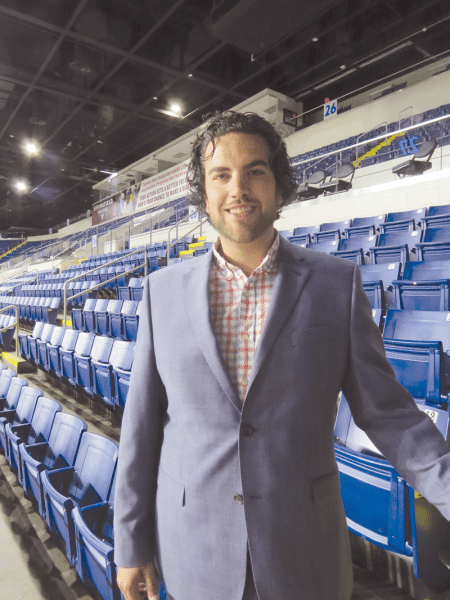
 As for the latter, he said the selling would take on a far more aggressive tone than it has historically, with a specific focus on season tickets and group sales, strategic targets that have yielded success for other franchises, as we’ll see later.
As for the latter, he said the selling would take on a far more aggressive tone than it has historically, with a specific focus on season tickets and group sales, strategic targets that have yielded success for other franchises, as we’ll see later.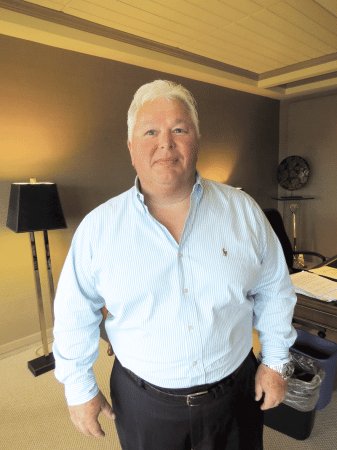



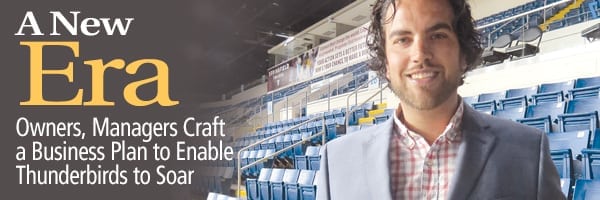
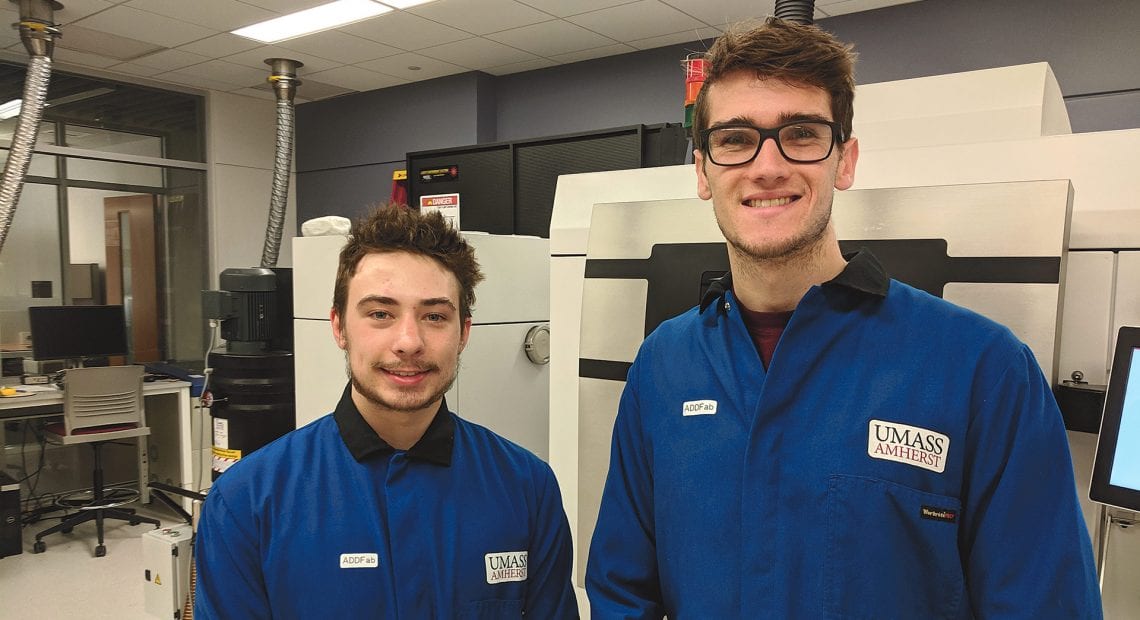
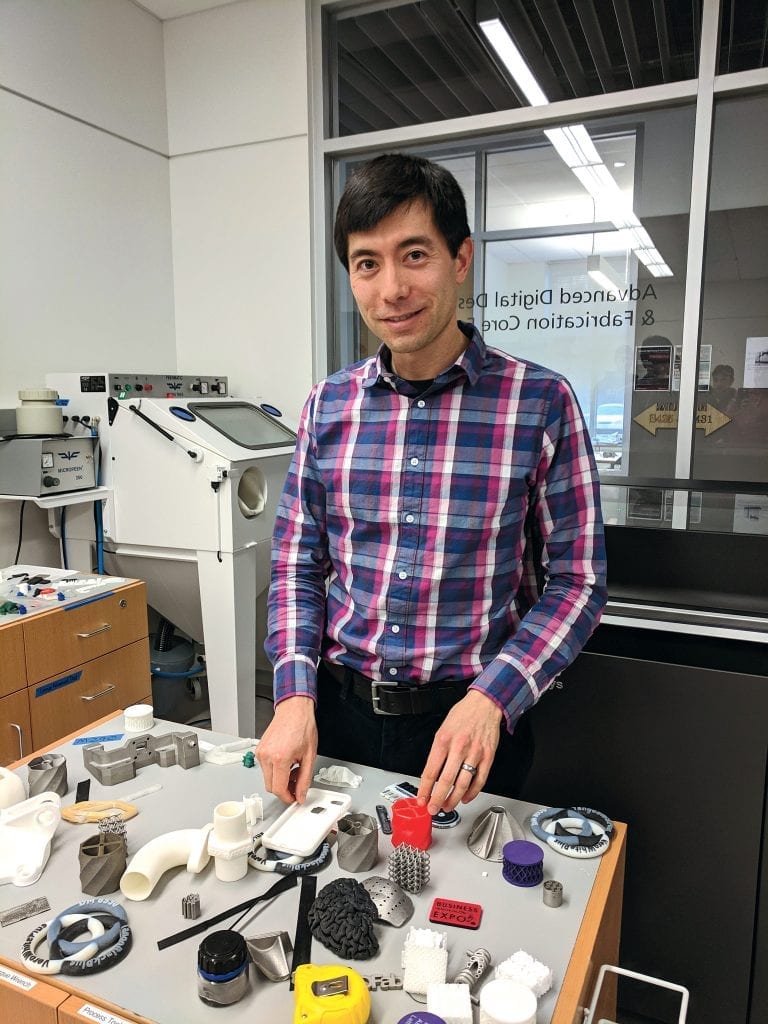




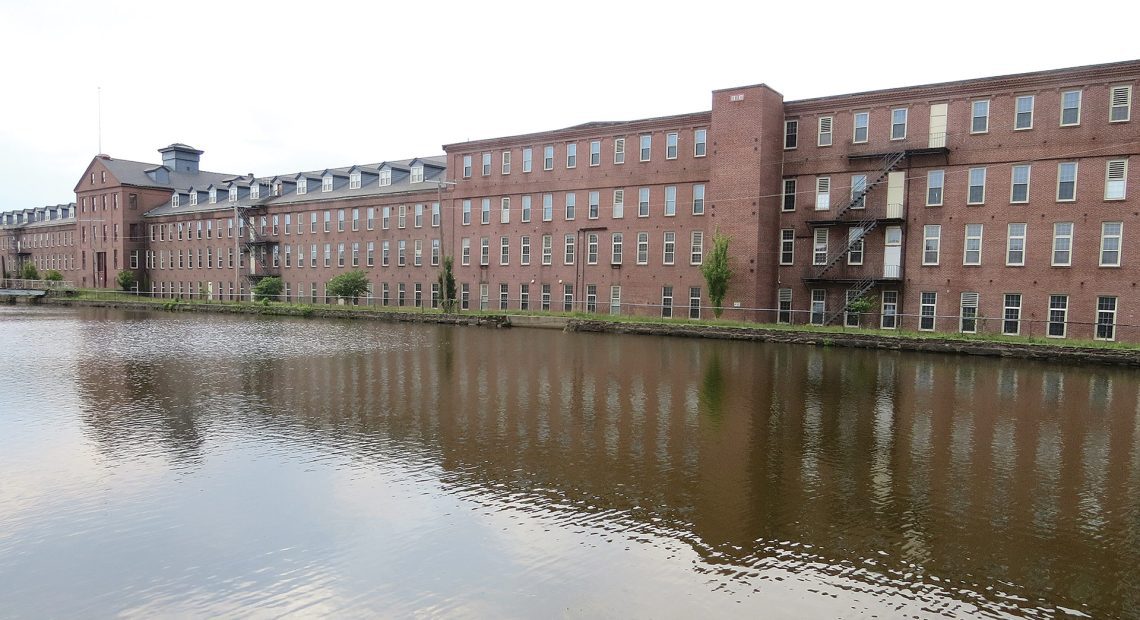
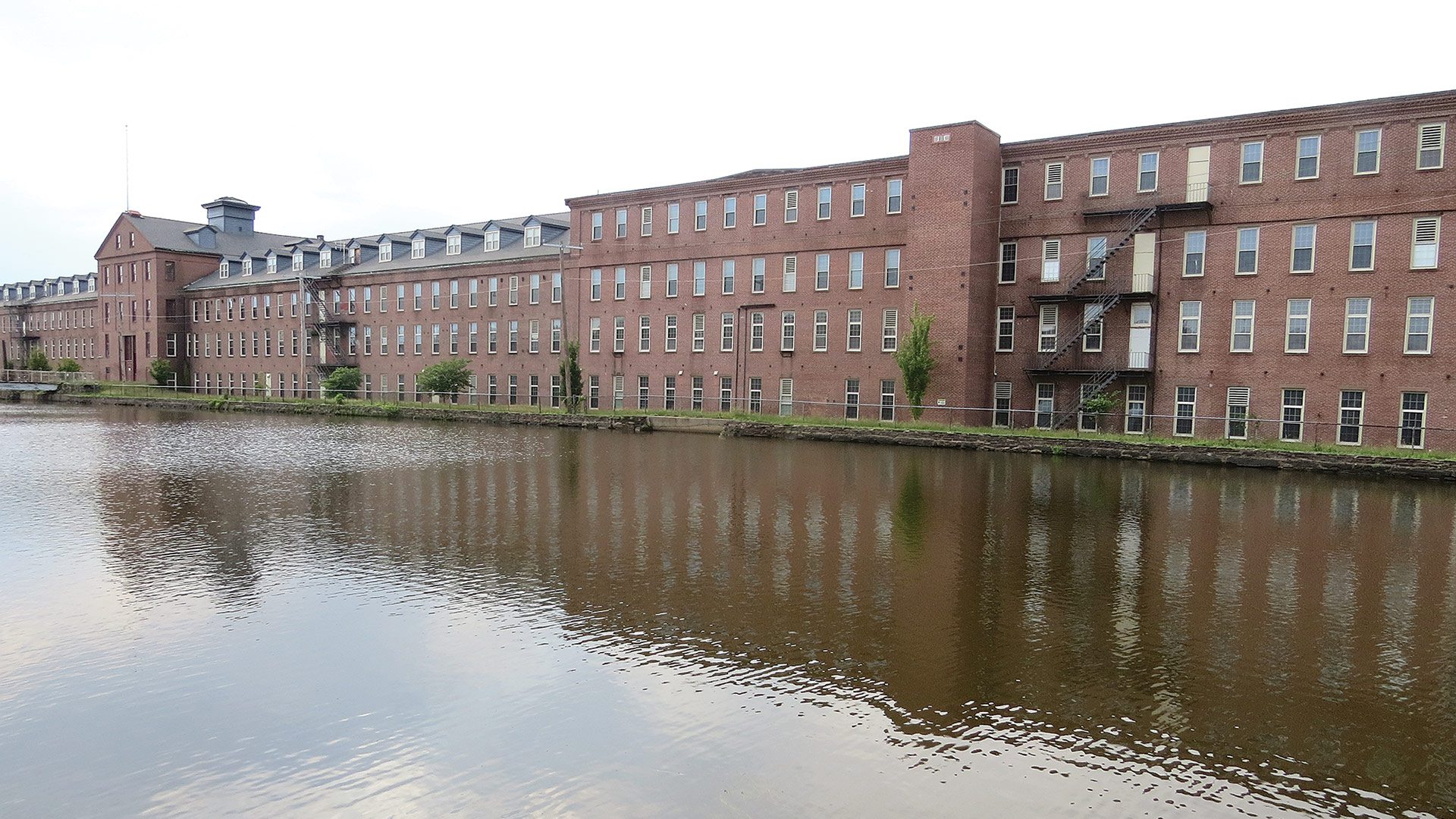
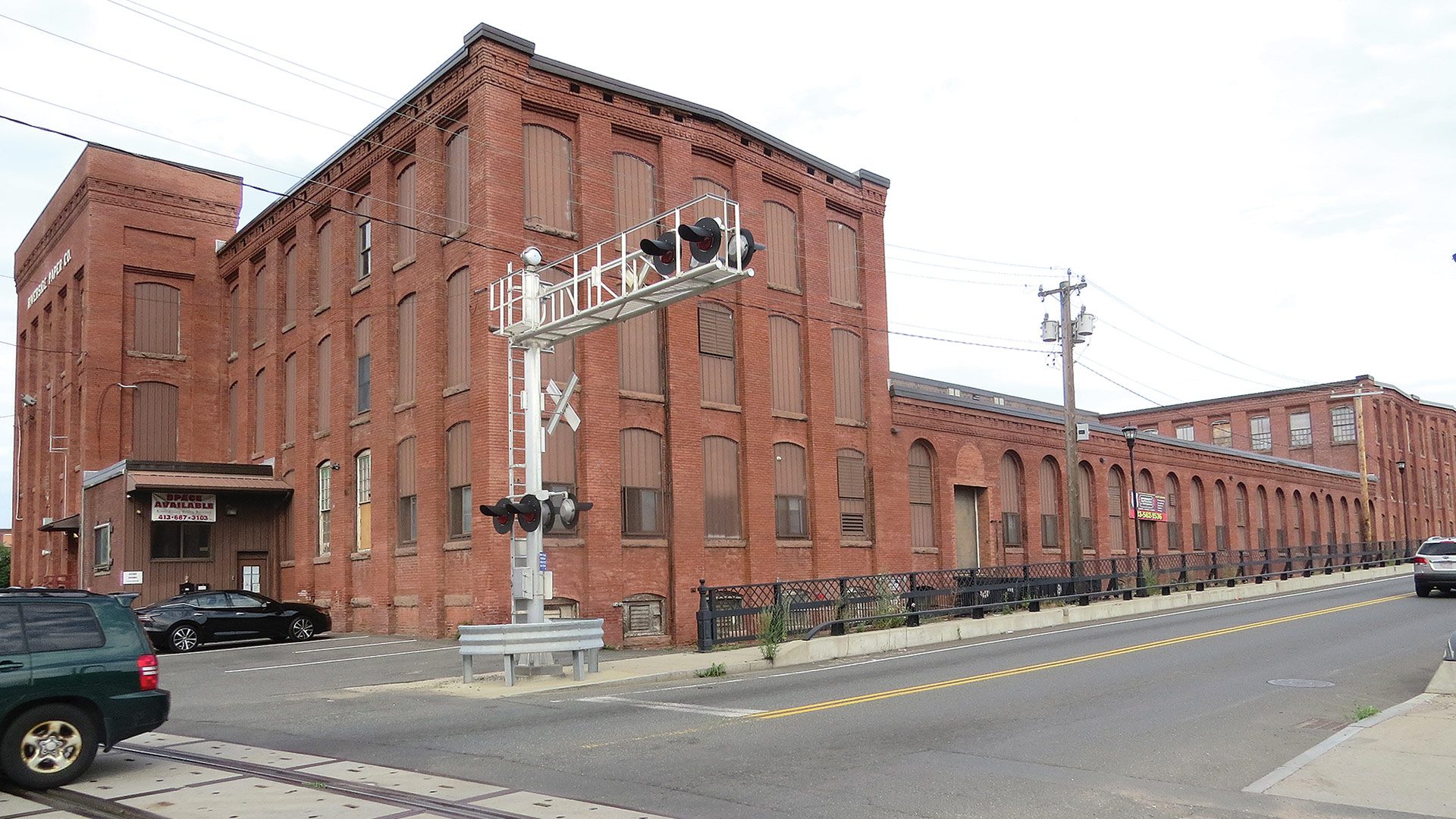


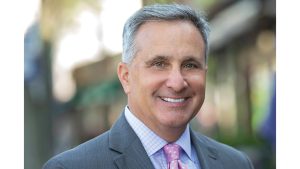
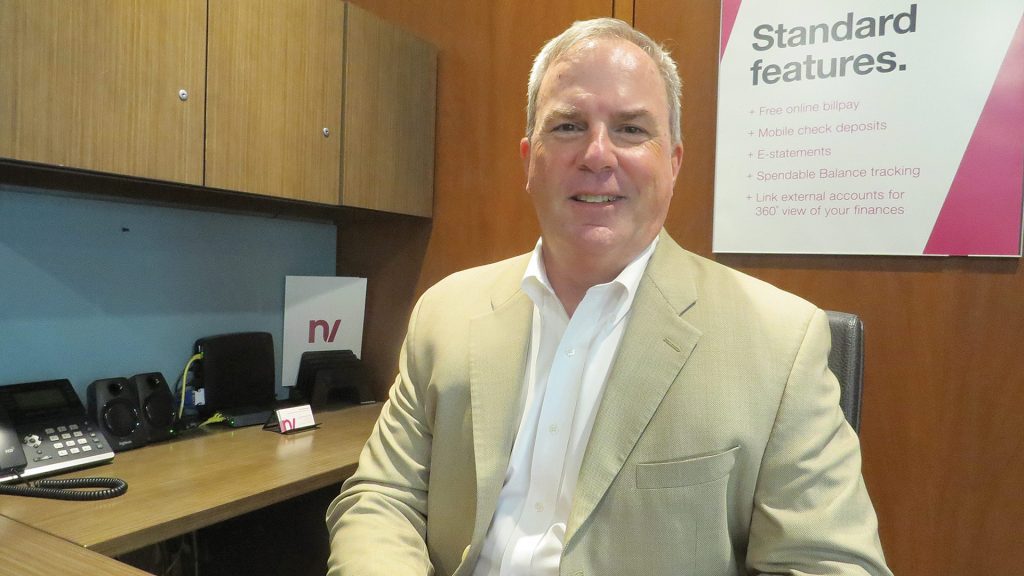

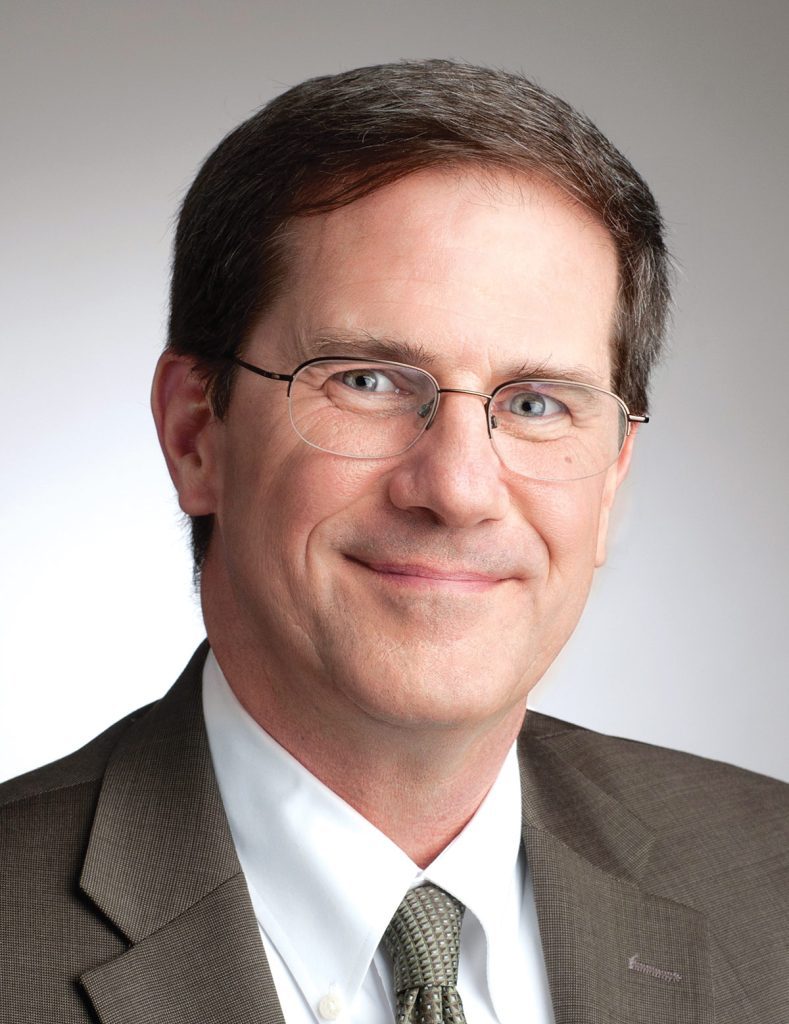
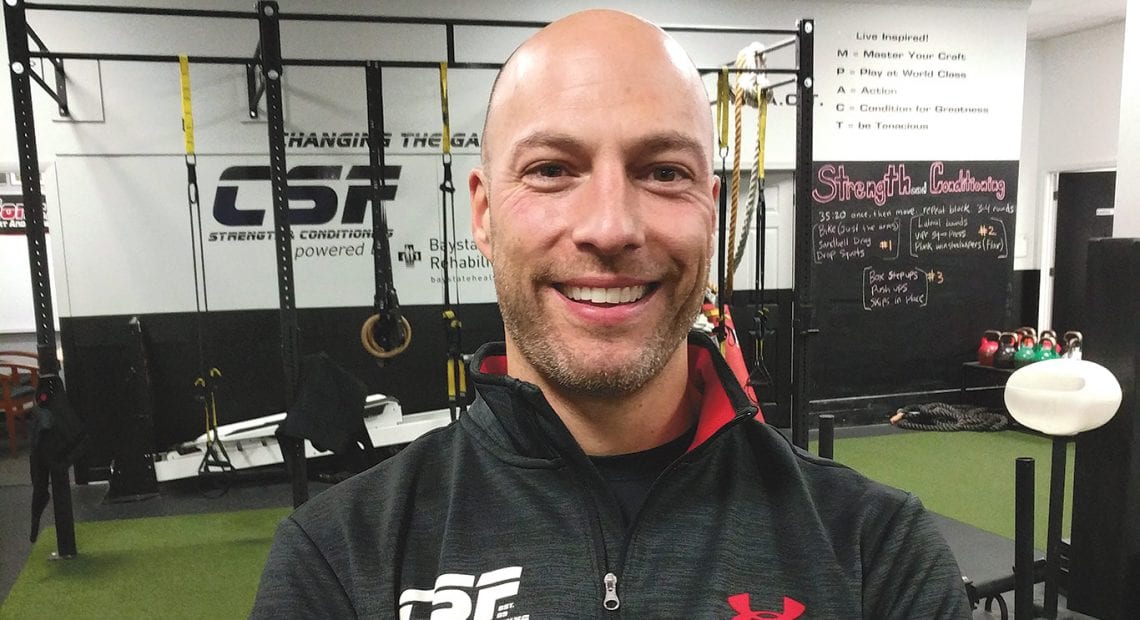

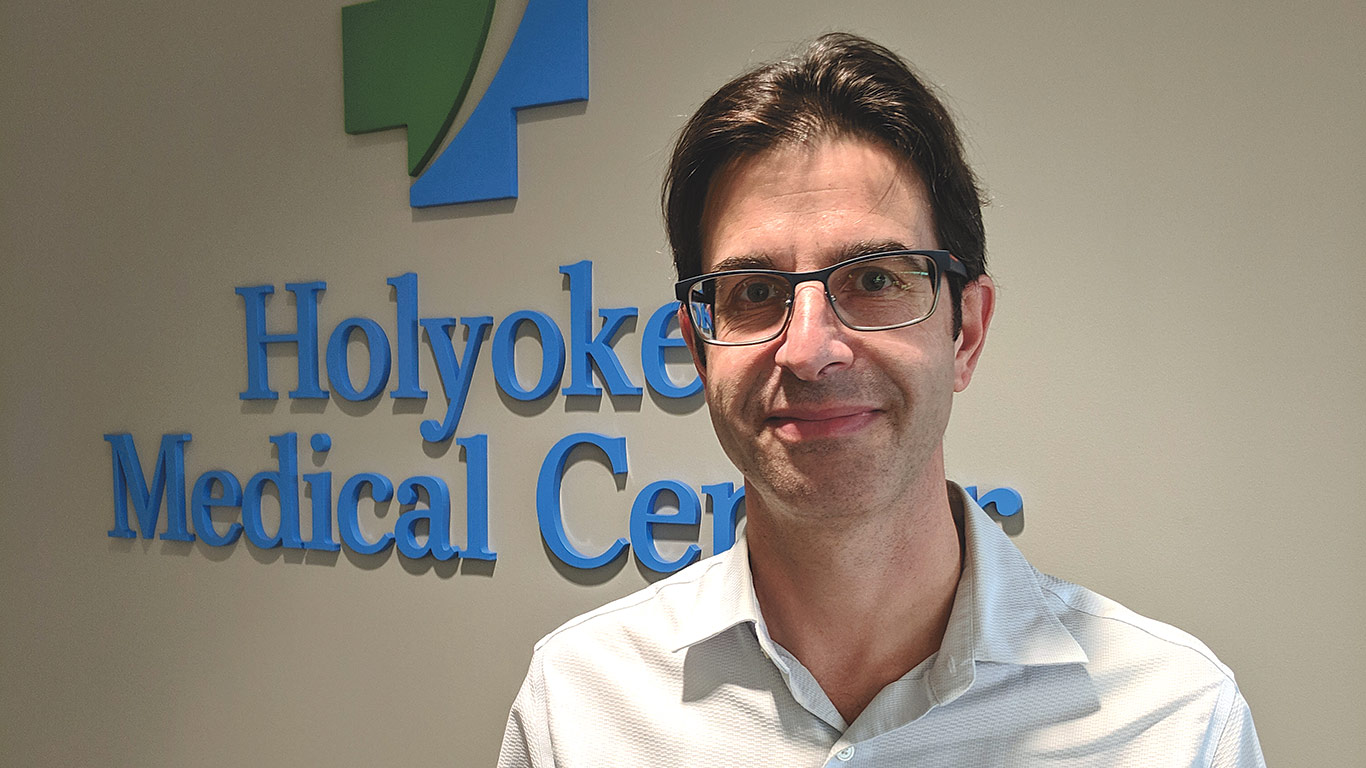




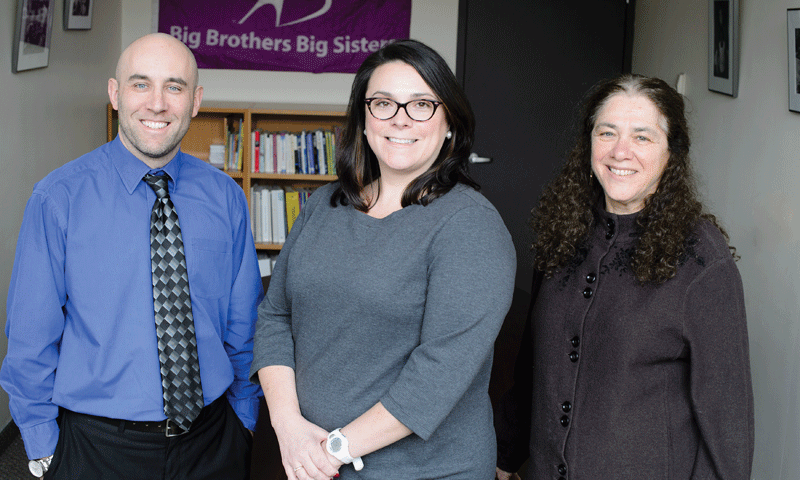
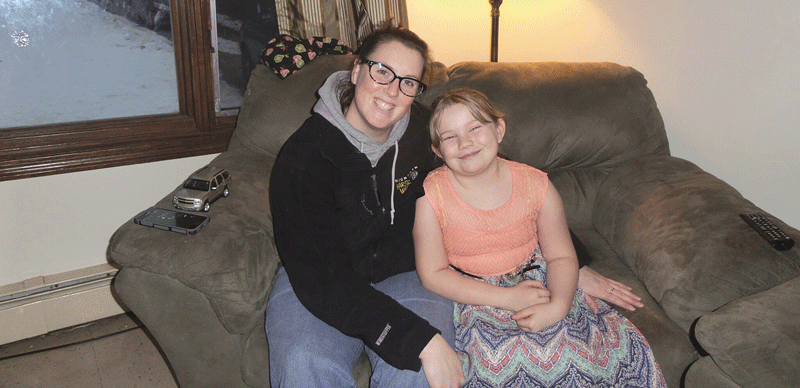



 In rural Franklin County, statistically the most impoverished county in the Commonwealth, for example, basic transportation is an issue, said Danielle Letourneau-Therrien, executive director of that office, noting that, once outside Greenfield, mass transit is hit or miss at best. Meanwhile, reliable Internet service, something most now take for granted in Greater Springfield, is a foreign concept in places like Rowe, Heath, Charlemont, and Ashfield, a fact of life that often makes it difficult to communicate with ‘bigs’ and ‘littles’ alike.
In rural Franklin County, statistically the most impoverished county in the Commonwealth, for example, basic transportation is an issue, said Danielle Letourneau-Therrien, executive director of that office, noting that, once outside Greenfield, mass transit is hit or miss at best. Meanwhile, reliable Internet service, something most now take for granted in Greater Springfield, is a foreign concept in places like Rowe, Heath, Charlemont, and Ashfield, a fact of life that often makes it difficult to communicate with ‘bigs’ and ‘littles’ alike.



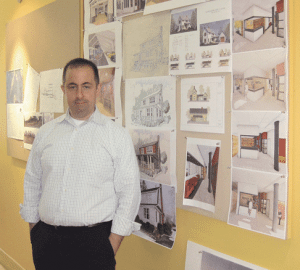


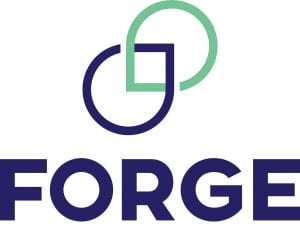 And like Clean Crop Technologies (CCT), a Haydenville-based startup working to solve the crisis of aflatoxin infection in grain and nut crops, which reportedly causes more than 100,000 deaths and $1.7 billion in lost revenues each year, especially in developing countries.
And like Clean Crop Technologies (CCT), a Haydenville-based startup working to solve the crisis of aflatoxin infection in grain and nut crops, which reportedly causes more than 100,000 deaths and $1.7 billion in lost revenues each year, especially in developing countries.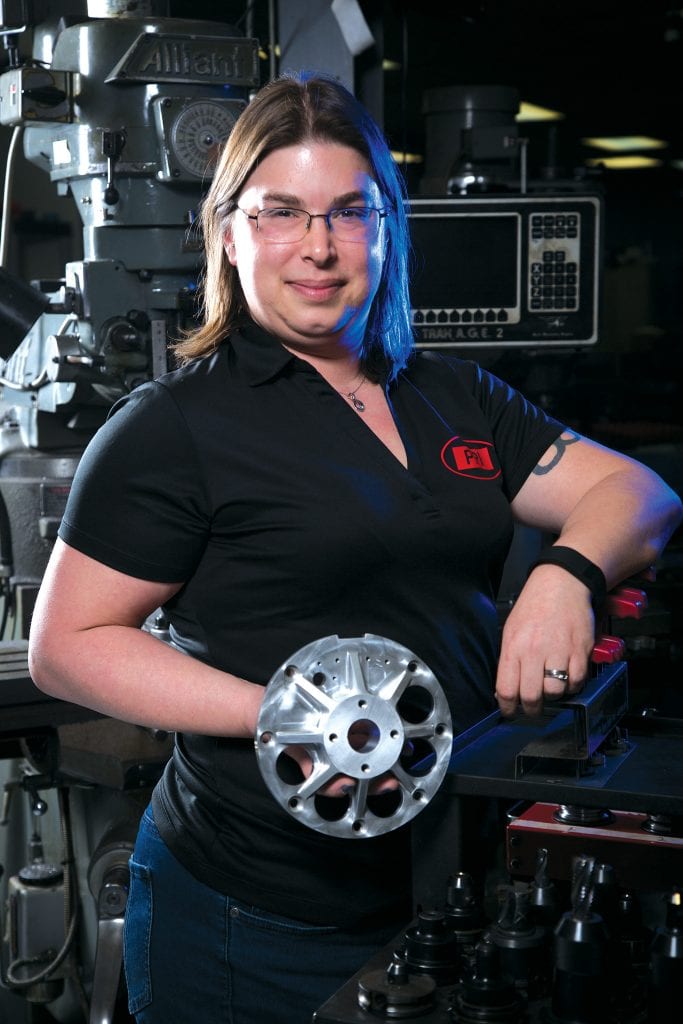



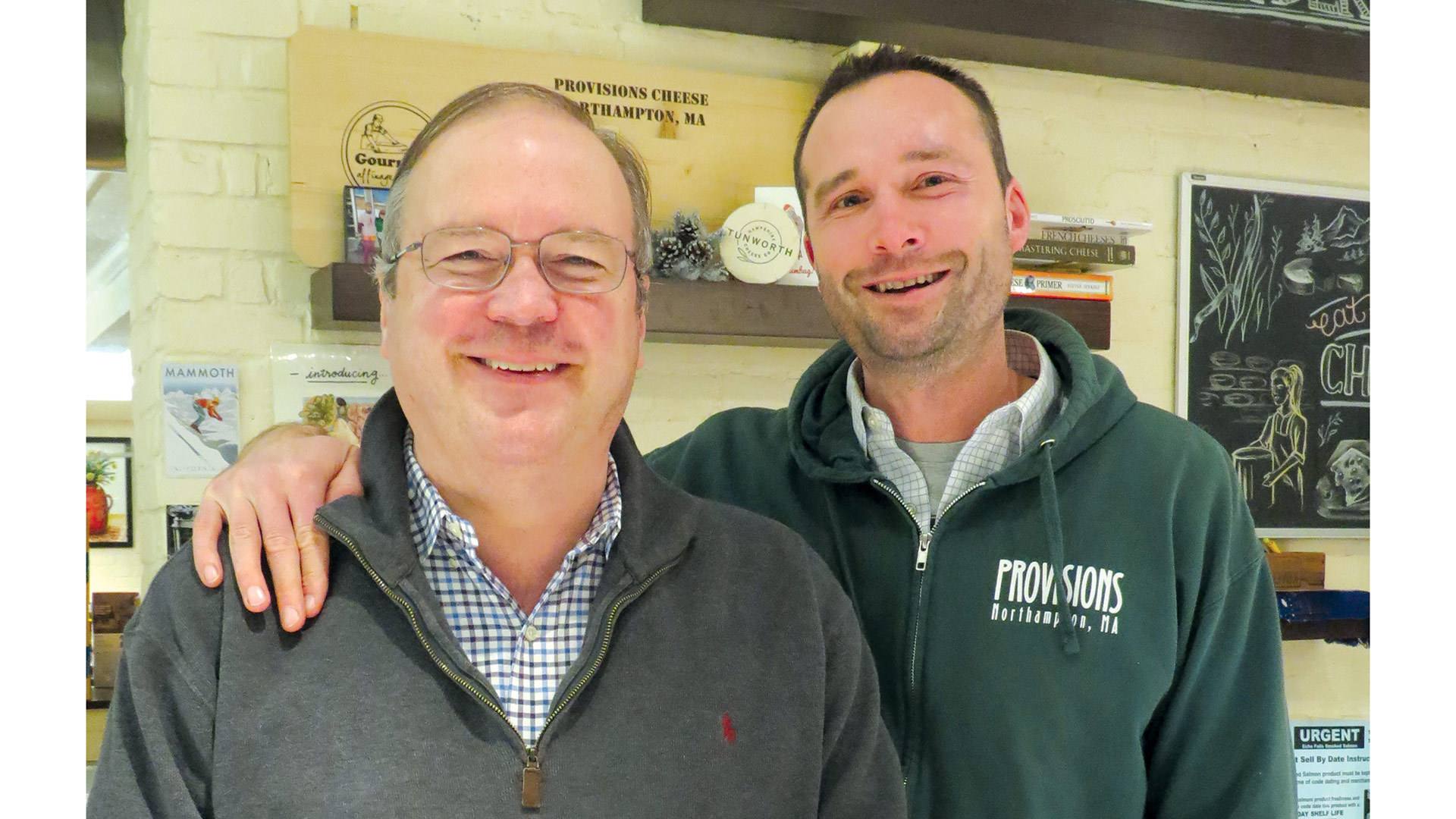

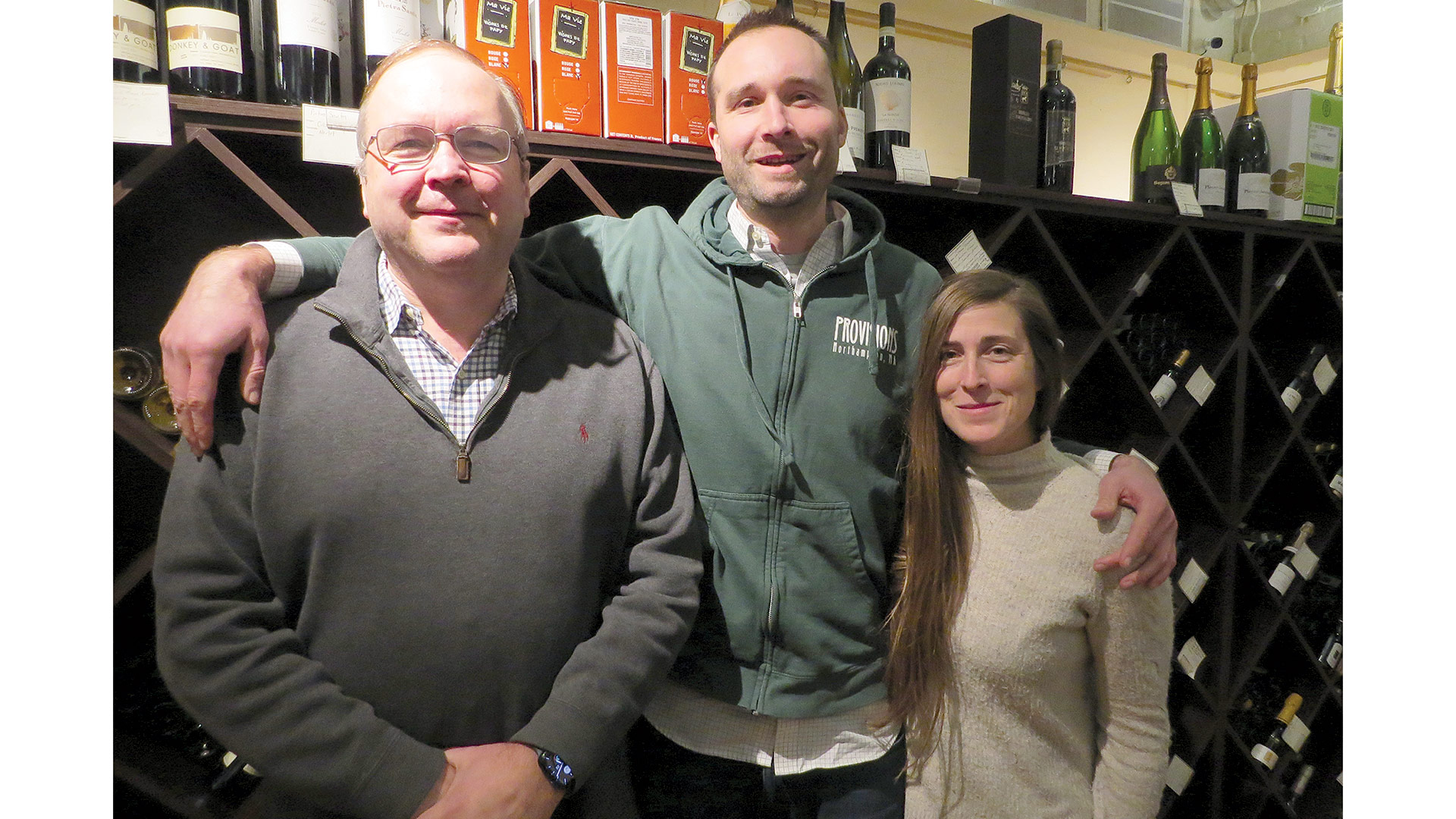
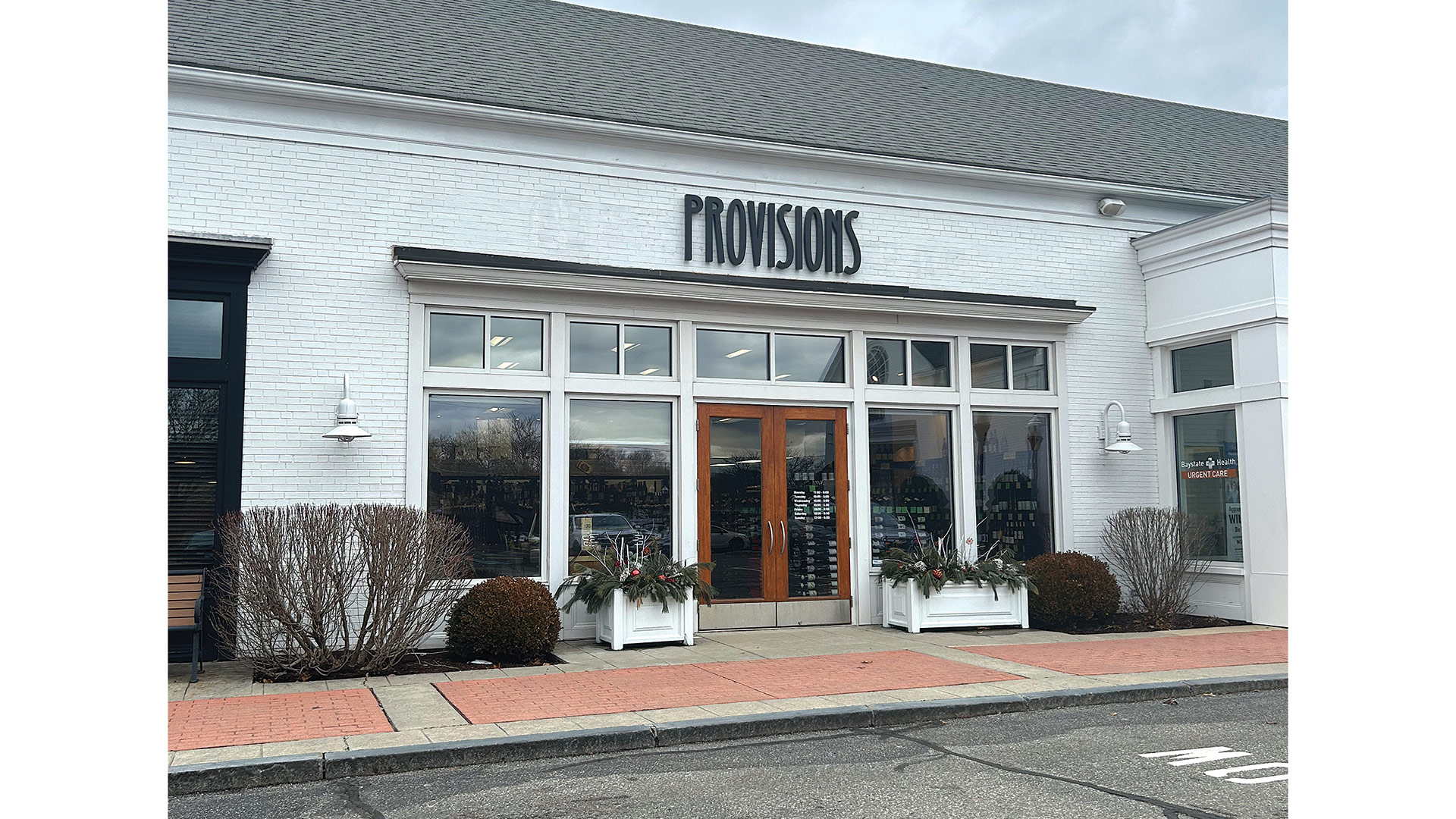

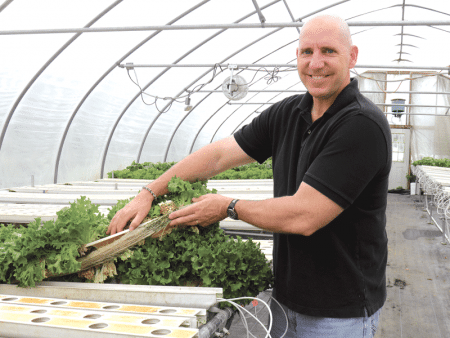
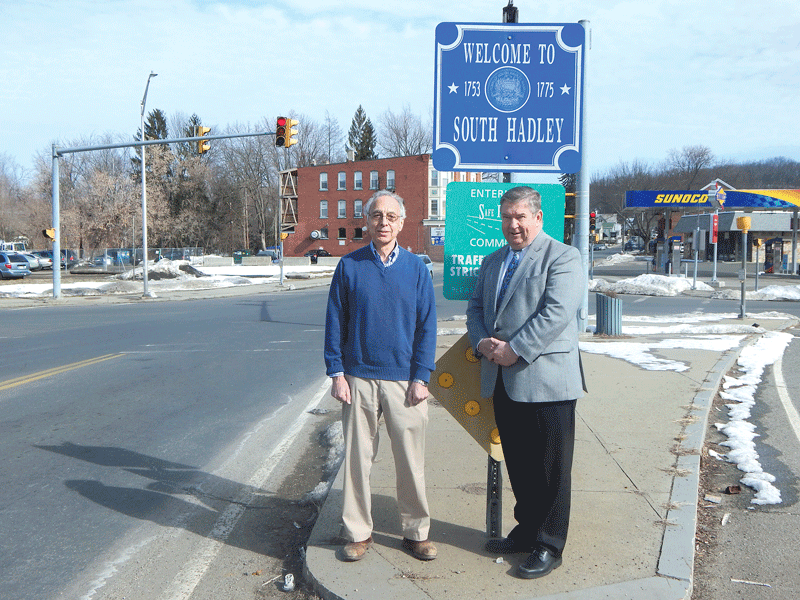





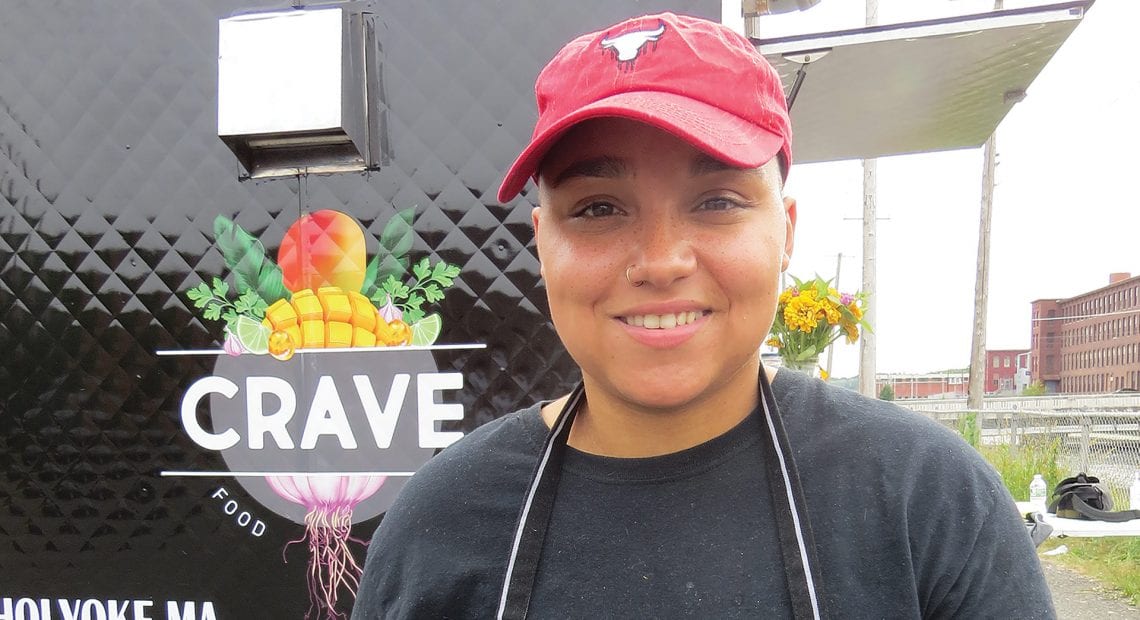
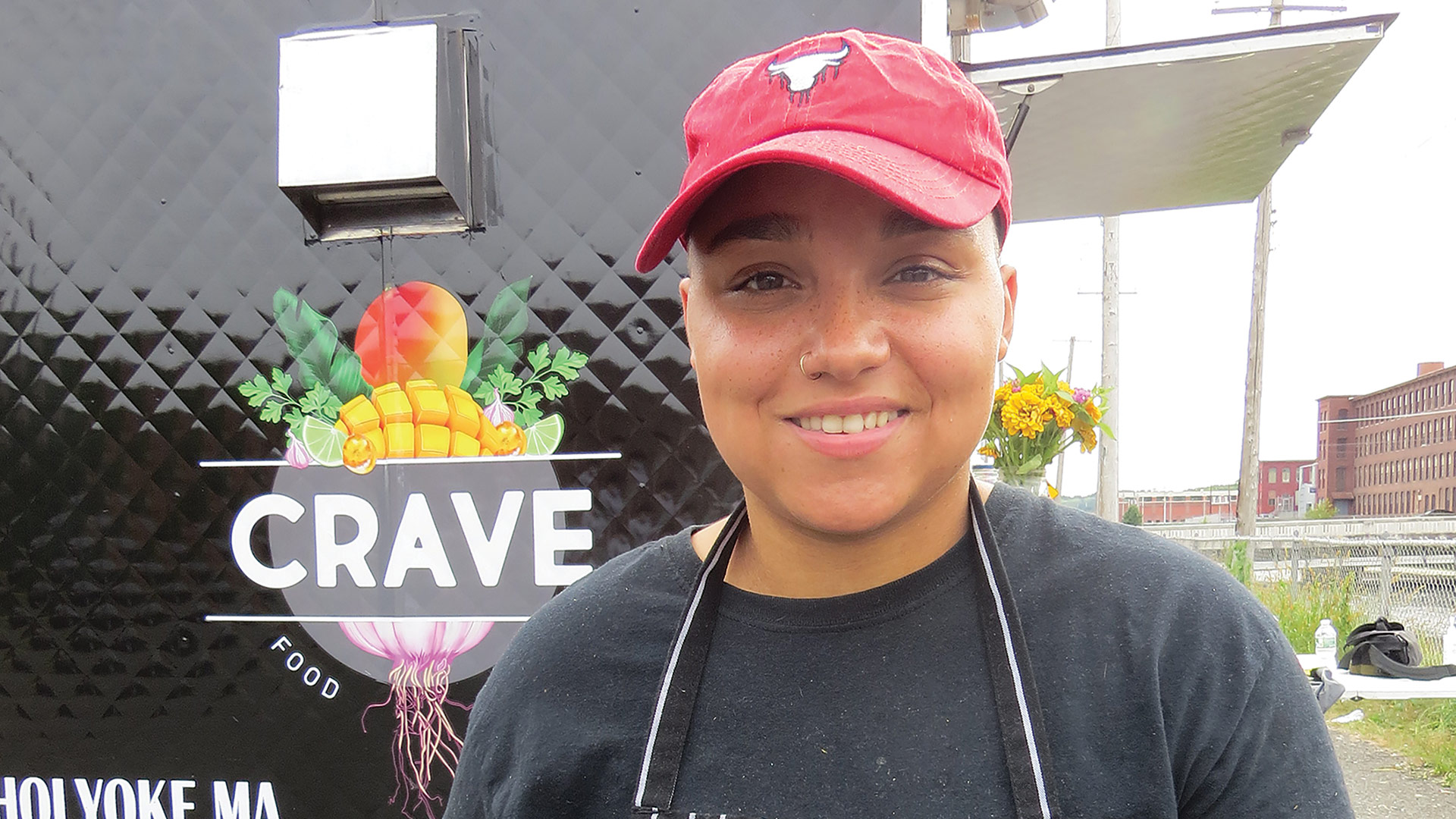








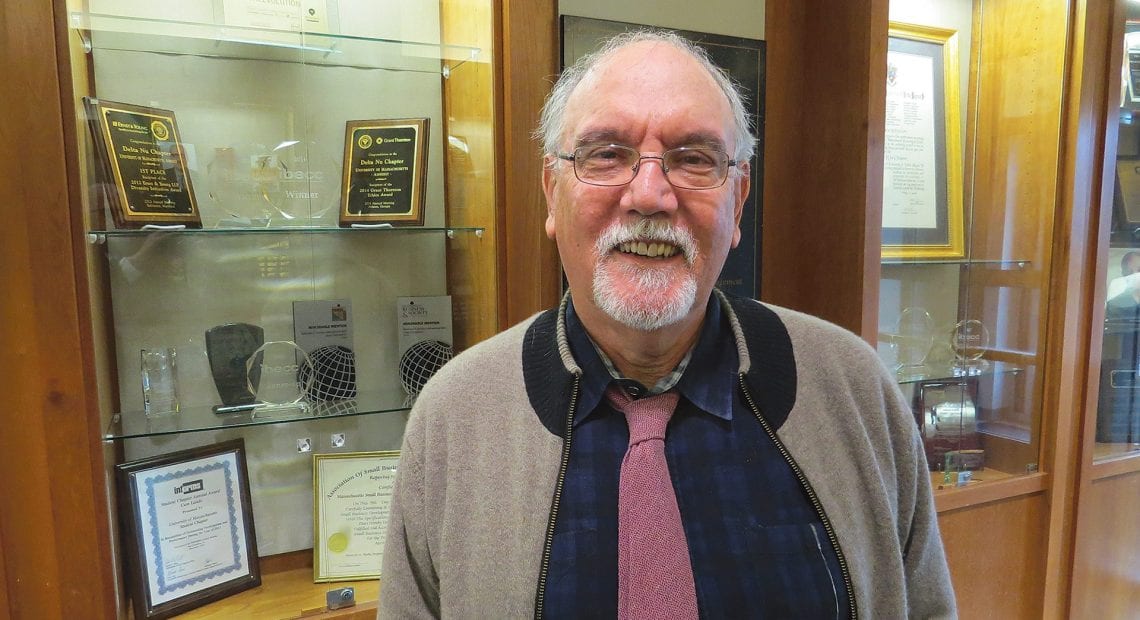
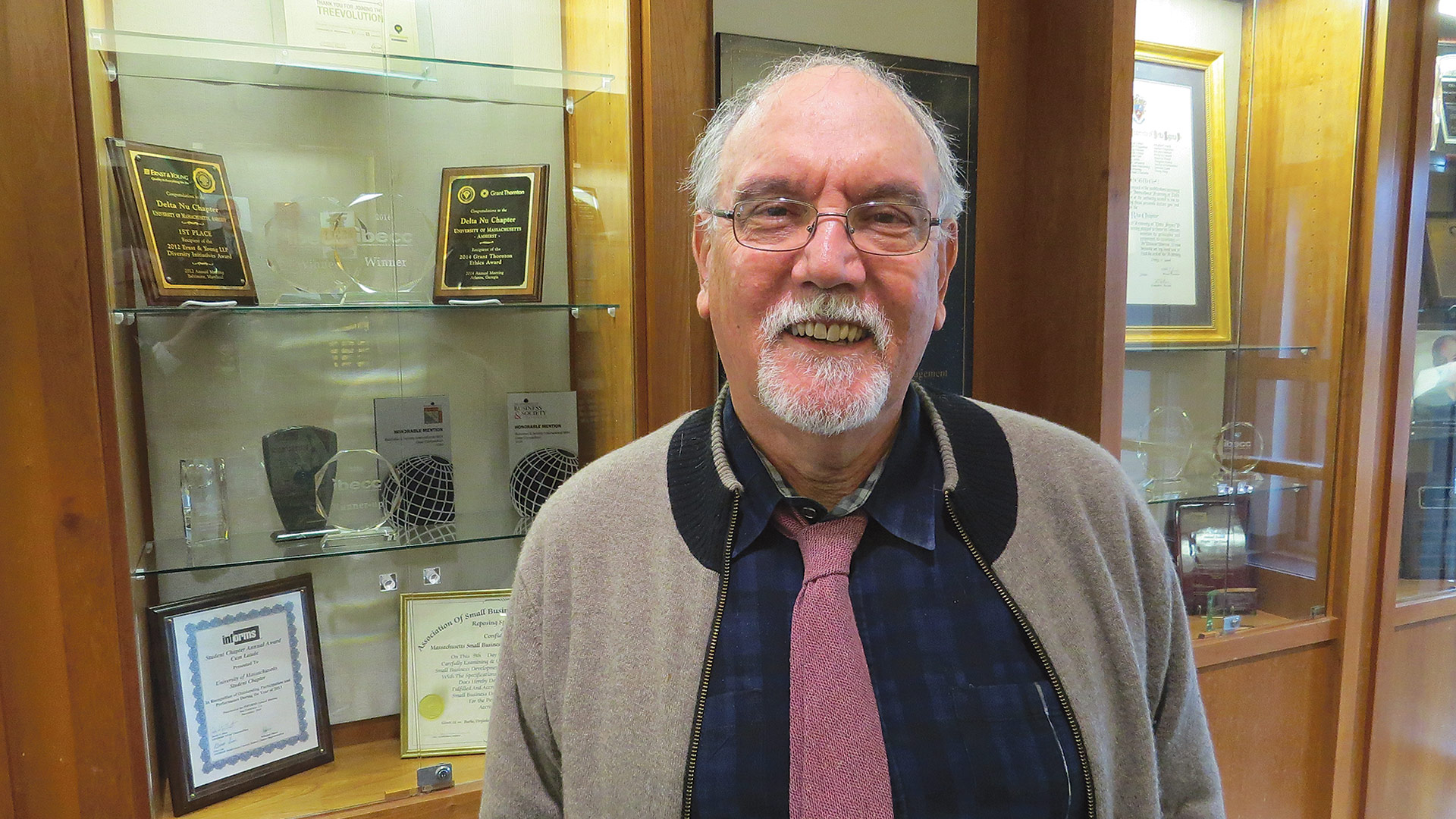
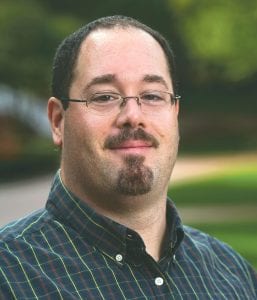

 When compared to many of the other cool tech gadgets on this list, the Amazon Smart Plug ($25) “might seem underwhelming, but you might be impressed with how much you like this smart-home accessory once you start using it,” according to spy.com. “Head out on vacation and can’t remember if you left a fan or window AC unit running? If it’s plugged into this, you can simply open up your Alexa app and cut off the power. Have a lamp that you love, but it doesn’t work with a smart bulb? Use one of these to make a dumb lamp very, very smart. On top of all that, Alexa has some impressive power-monitoring tools, so that if you have more than one of these around your home, you can figure out which appliances and electronics around the house are costing you the most money, and you can adjust your usage behavior accordingly.”
When compared to many of the other cool tech gadgets on this list, the Amazon Smart Plug ($25) “might seem underwhelming, but you might be impressed with how much you like this smart-home accessory once you start using it,” according to spy.com. “Head out on vacation and can’t remember if you left a fan or window AC unit running? If it’s plugged into this, you can simply open up your Alexa app and cut off the power. Have a lamp that you love, but it doesn’t work with a smart bulb? Use one of these to make a dumb lamp very, very smart. On top of all that, Alexa has some impressive power-monitoring tools, so that if you have more than one of these around your home, you can figure out which appliances and electronics around the house are costing you the most money, and you can adjust your usage behavior accordingly.” Meanwhile, the same site says the Anker Nebula Solar Portable Projector ($520) won’t replace a fancy, 65-inch, 4K HDR TV, “but for those moments when you’re really craving that movie-theater experience at home … you’ll understand why this made our list of cool tech gadgets.” The projector boasts easy setup, too. “Barely bigger than a book, you can point it at a wall and have it projecting a 120-inch, 1080p version of your favorite Netflix movie without needing to configure the picture settings or find a power outlet.”
Meanwhile, the same site says the Anker Nebula Solar Portable Projector ($520) won’t replace a fancy, 65-inch, 4K HDR TV, “but for those moments when you’re really craving that movie-theater experience at home … you’ll understand why this made our list of cool tech gadgets.” The projector boasts easy setup, too. “Barely bigger than a book, you can point it at a wall and have it projecting a 120-inch, 1080p version of your favorite Netflix movie without needing to configure the picture settings or find a power outlet.” Speaking of projectors, the BenQ X1300i 4LED Gaming Projector ($1,299) is being marketed as the first true gaming projector that’s optimized for the PS5 or Xbox Series X. “The 3,000-lumen projector will play 1080p content — so not true 4K content — at extremely low latency, which is needed for competitive gamers,” according to gearpatrol.com. “Additionally, it has built-in speakers and an Android TV operating system, so it functions as any traditional smart TV — but it can create up to a 150-inch screen.”
Speaking of projectors, the BenQ X1300i 4LED Gaming Projector ($1,299) is being marketed as the first true gaming projector that’s optimized for the PS5 or Xbox Series X. “The 3,000-lumen projector will play 1080p content — so not true 4K content — at extremely low latency, which is needed for competitive gamers,” according to gearpatrol.com. “Additionally, it has built-in speakers and an Android TV operating system, so it functions as any traditional smart TV — but it can create up to a 150-inch screen.” Taking tech outdoors is the DJI Mavic Air 2 Drone ($799), which menshealth.com touts for its massive optical sensor, means “the 48-megapixel photos pop and the hyperlap video is 8K — smart futureproofing for when your TV plays catchup. The next-gen obstacle-avoidance sensors, combined with the 34-minutes-long flight time, mean you spend more time shooting killer video and less time dodging trees and buildings.”
Taking tech outdoors is the DJI Mavic Air 2 Drone ($799), which menshealth.com touts for its massive optical sensor, means “the 48-megapixel photos pop and the hyperlap video is 8K — smart futureproofing for when your TV plays catchup. The next-gen obstacle-avoidance sensors, combined with the 34-minutes-long flight time, mean you spend more time shooting killer video and less time dodging trees and buildings.” Smart wallets offer a convenient way to store and transport cash and credit cards while protecting against loss or theft. The Ekster Parliament Smart Wallet ($89) is a smart bifold wallet with RFID coating (to protect against identity theft) and a patented mechanism that ejects cards from its aluminum storage pocket with the press of a button. It has space for at least 10 cards, as well as a strap for carrying cash and receipts, according to bestproducts.com. “Ekster has crafted the wallet from high-quality leather that comes in a multitude of colors. An optional Bluetooth tracker for the wallet is also available. This ultra-thin gadget has a maximum range of 200 feet, and it is powered by light, so it never needs a battery.”
Smart wallets offer a convenient way to store and transport cash and credit cards while protecting against loss or theft. The Ekster Parliament Smart Wallet ($89) is a smart bifold wallet with RFID coating (to protect against identity theft) and a patented mechanism that ejects cards from its aluminum storage pocket with the press of a button. It has space for at least 10 cards, as well as a strap for carrying cash and receipts, according to bestproducts.com. “Ekster has crafted the wallet from high-quality leather that comes in a multitude of colors. An optional Bluetooth tracker for the wallet is also available. This ultra-thin gadget has a maximum range of 200 feet, and it is powered by light, so it never needs a battery.” In the smartwatch category, the Fossil Gen 5 LTE ($349) is the company’s first product in the cellular wearables market, crn.com notes. “The Fossil Gen 5 LTE Touchscreen leverages LTE connectivity from Verizon, the Qualcomm Snapdragon Wear 3100 platform, and Google’s Wear OS to let users make calls and do texting without a mobile phone.” Fossil also makes what bestproducts.com calls the best hybrid smartwatch, the Fossil Latitude HR Hybrid Smartwatch ($195), “a feature-packed hybrid smartwatch with a built-in, always-on display and a heart-rate sensor. We like that, instead of looking like a tech product, it resembles a classic chronograph timepiece with mechanical hands and a three-button layout. The Latitude HR can effortlessly deliver notifications from your phone and keep tabs on your activities.”
In the smartwatch category, the Fossil Gen 5 LTE ($349) is the company’s first product in the cellular wearables market, crn.com notes. “The Fossil Gen 5 LTE Touchscreen leverages LTE connectivity from Verizon, the Qualcomm Snapdragon Wear 3100 platform, and Google’s Wear OS to let users make calls and do texting without a mobile phone.” Fossil also makes what bestproducts.com calls the best hybrid smartwatch, the Fossil Latitude HR Hybrid Smartwatch ($195), “a feature-packed hybrid smartwatch with a built-in, always-on display and a heart-rate sensor. We like that, instead of looking like a tech product, it resembles a classic chronograph timepiece with mechanical hands and a three-button layout. The Latitude HR can effortlessly deliver notifications from your phone and keep tabs on your activities.” “We don’t know who will be more excited about the Furbo Dog Camera ($169), you or your pet,” popsugar.com notes. “You can monitor them through your phone, send them treats when you’re away, and so much more.” The 1080p, full-HD camera and night vision allows users to livestream video to monitor their pet on their phone with a 160-degree wide-angle view, day and night. A sensor also sends push notifications to a smartphone when it detects barking. Users can even toss treats to their dog via the free Furbo iOS/Android app. Set-up is easy — just plug it in to a power outlet using its USB cord, download the Furbo app, and connect to home WiFi.
“We don’t know who will be more excited about the Furbo Dog Camera ($169), you or your pet,” popsugar.com notes. “You can monitor them through your phone, send them treats when you’re away, and so much more.” The 1080p, full-HD camera and night vision allows users to livestream video to monitor their pet on their phone with a 160-degree wide-angle view, day and night. A sensor also sends push notifications to a smartphone when it detects barking. Users can even toss treats to their dog via the free Furbo iOS/Android app. Set-up is easy — just plug it in to a power outlet using its USB cord, download the Furbo app, and connect to home WiFi. “As one of the first companies to make artificial intelligence and voice-recognition technology available to the average person, spy.com notes, “Google is still the top dog when it comes to voice assistants and smart-home platforms. And perhaps its most radical move was the Google Nest Mini ($35), a small and cheap speaker that is fully imbued with the powers to command your smart home. Once you get used to the particular ways of interacting with a voice assistant, it’s rare when you have to raise your voice or repeat yourself to get the Nest Mini to understand you, even when you’re on the other side of the room, half-asleep at 1 a.m., telling it to turn off the lights, shut off the TV, and lock the doors.”
“As one of the first companies to make artificial intelligence and voice-recognition technology available to the average person, spy.com notes, “Google is still the top dog when it comes to voice assistants and smart-home platforms. And perhaps its most radical move was the Google Nest Mini ($35), a small and cheap speaker that is fully imbued with the powers to command your smart home. Once you get used to the particular ways of interacting with a voice assistant, it’s rare when you have to raise your voice or repeat yourself to get the Nest Mini to understand you, even when you’re on the other side of the room, half-asleep at 1 a.m., telling it to turn off the lights, shut off the TV, and lock the doors.” Tired of housework? “If you’re a fan of the iRobot vacuum, then you’ll want to give the iRobot Braava Jet 240 Robot Mop ($180) a try,” popsugar.com asserts. “It will clean your floors when you’re not around, so you have nothing to worry about later.” The device claims to offer precision jet spray and a vibrating cleaning to tackle dirt and stains, and gets into hard-to-reach places, including under and around toilets, into corners, below cabinets, and under and around furniture and other objects, using an efficient, systematic cleaning pattern. It also mops and sweeps finished hard floors, including hardwood, tile, and stone, and it’s ideal for kitchens and bathrooms.
Tired of housework? “If you’re a fan of the iRobot vacuum, then you’ll want to give the iRobot Braava Jet 240 Robot Mop ($180) a try,” popsugar.com asserts. “It will clean your floors when you’re not around, so you have nothing to worry about later.” The device claims to offer precision jet spray and a vibrating cleaning to tackle dirt and stains, and gets into hard-to-reach places, including under and around toilets, into corners, below cabinets, and under and around furniture and other objects, using an efficient, systematic cleaning pattern. It also mops and sweeps finished hard floors, including hardwood, tile, and stone, and it’s ideal for kitchens and bathrooms. Smart glasses are a thing these days, too. Jlab Audio recently introduced its new Jlab JBuds Frames ($49), a device that discretely attaches to a user’s glasses to provide wireless stereo audio on the go. “The JBuds Frames consist of two independently operating Bluetooth wireless audio devices, which include 16mm drivers that produce sound that can only be heard by the wearer, not by others,” according to crn.com. “In addition, the device can easily be detached and mounted on other frames when needed.”
Smart glasses are a thing these days, too. Jlab Audio recently introduced its new Jlab JBuds Frames ($49), a device that discretely attaches to a user’s glasses to provide wireless stereo audio on the go. “The JBuds Frames consist of two independently operating Bluetooth wireless audio devices, which include 16mm drivers that produce sound that can only be heard by the wearer, not by others,” according to crn.com. “In addition, the device can easily be detached and mounted on other frames when needed.” For a next-level experience in eyewear, “virtual reality might be taking its time to have its ‘iPhone moment,’ but it is still very much the next big thing when it comes to the coolest tech gadgets,” spy.com notes, “and there is not a single VR device that flashes that promise more than the Oculus Quest 2 ($349).” Without the need for a powerful computer or special equipment, users can simply strap the Quest 2 to their head, pick up the controllers, and move freely in VR space thanks to its inside-out technology, which uses cameras on the outside of the headset to track movement. “In a time where we don’t have many places to escape to, the Oculus Quest 2 offers up an infinite number of destinations … even if they’re only virtual.”
For a next-level experience in eyewear, “virtual reality might be taking its time to have its ‘iPhone moment,’ but it is still very much the next big thing when it comes to the coolest tech gadgets,” spy.com notes, “and there is not a single VR device that flashes that promise more than the Oculus Quest 2 ($349).” Without the need for a powerful computer or special equipment, users can simply strap the Quest 2 to their head, pick up the controllers, and move freely in VR space thanks to its inside-out technology, which uses cameras on the outside of the headset to track movement. “In a time where we don’t have many places to escape to, the Oculus Quest 2 offers up an infinite number of destinations … even if they’re only virtual.” Another way to escape into another world — albeit one requiring more effort — is the Peloton Bike+ (from $2,495). “Peloton’s updated bike boasts a lustrous, 24-inch-wide screen and a game-changing multi-grip handlebar that lets you always find comfortable position,” menshealth.com notes. “And the best feature just may be auto-follow, which automatically shifts the resistance when the instructor calls for it. Translation: no escape from tough workouts.”
Another way to escape into another world — albeit one requiring more effort — is the Peloton Bike+ (from $2,495). “Peloton’s updated bike boasts a lustrous, 24-inch-wide screen and a game-changing multi-grip handlebar that lets you always find comfortable position,” menshealth.com notes. “And the best feature just may be auto-follow, which automatically shifts the resistance when the instructor calls for it. Translation: no escape from tough workouts.” Speaking of devices with health benefits, the Polar Verity Sense optical heart monitor ($90) can be worn on the arm or temple (for swimming). “It’s designed for people who don’t necessarily wear a wrist-bound fitness tracker or smartwatch, or are doing an exercise that isn’t very friendly to wrist jewelry, like martial arts, swimming, dancing or boxing,” gearpatrol.com notes. “It’s a nifty accessory for people who use Polar Flow, Polar’s free fitness and training app, or wear one of the company’s smartwatches.”
Speaking of devices with health benefits, the Polar Verity Sense optical heart monitor ($90) can be worn on the arm or temple (for swimming). “It’s designed for people who don’t necessarily wear a wrist-bound fitness tracker or smartwatch, or are doing an exercise that isn’t very friendly to wrist jewelry, like martial arts, swimming, dancing or boxing,” gearpatrol.com notes. “It’s a nifty accessory for people who use Polar Flow, Polar’s free fitness and training app, or wear one of the company’s smartwatches.” Meanwhile, gearpatrol.com is also high on the Ring Video Doorbell Pro 2 ($250), the next-generation version of its well-reviewed video doorbell — and it adds two big upgrades. “First, it adds a new radar sensor that enables new 3D motion detection and bird’s-eye-view features; this allows it to better detect and even create a top-down map of the movement taking place in front of your door. And, secondly, the camera has an improved field of view so that it can capture the delivery person’s entire body — head to toe — when they drop off a package.”
Meanwhile, gearpatrol.com is also high on the Ring Video Doorbell Pro 2 ($250), the next-generation version of its well-reviewed video doorbell — and it adds two big upgrades. “First, it adds a new radar sensor that enables new 3D motion detection and bird’s-eye-view features; this allows it to better detect and even create a top-down map of the movement taking place in front of your door. And, secondly, the camera has an improved field of view so that it can capture the delivery person’s entire body — head to toe — when they drop off a package.” Finally, are you looking for great sound for home entertainment? With Sonos Arc ($799), users can “get immersive audio that can fill an entire house in one slim, sleek, ultra-versatile package,” menshealth.com notes. “A whopping 11 drivers power Sonos’ newest soundbar, fueling a surround-sound experience that delivers in all situations, whether you’re playing Halo or watching Avengers: Endgame.”
Finally, are you looking for great sound for home entertainment? With Sonos Arc ($799), users can “get immersive audio that can fill an entire house in one slim, sleek, ultra-versatile package,” menshealth.com notes. “A whopping 11 drivers power Sonos’ newest soundbar, fueling a surround-sound experience that delivers in all situations, whether you’re playing Halo or watching Avengers: Endgame.”

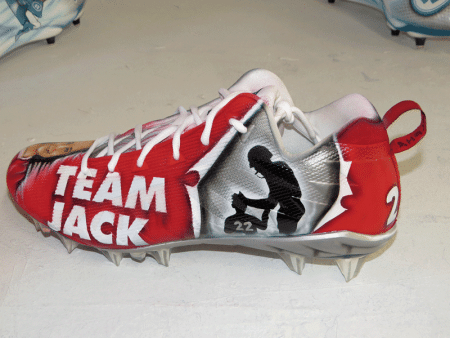
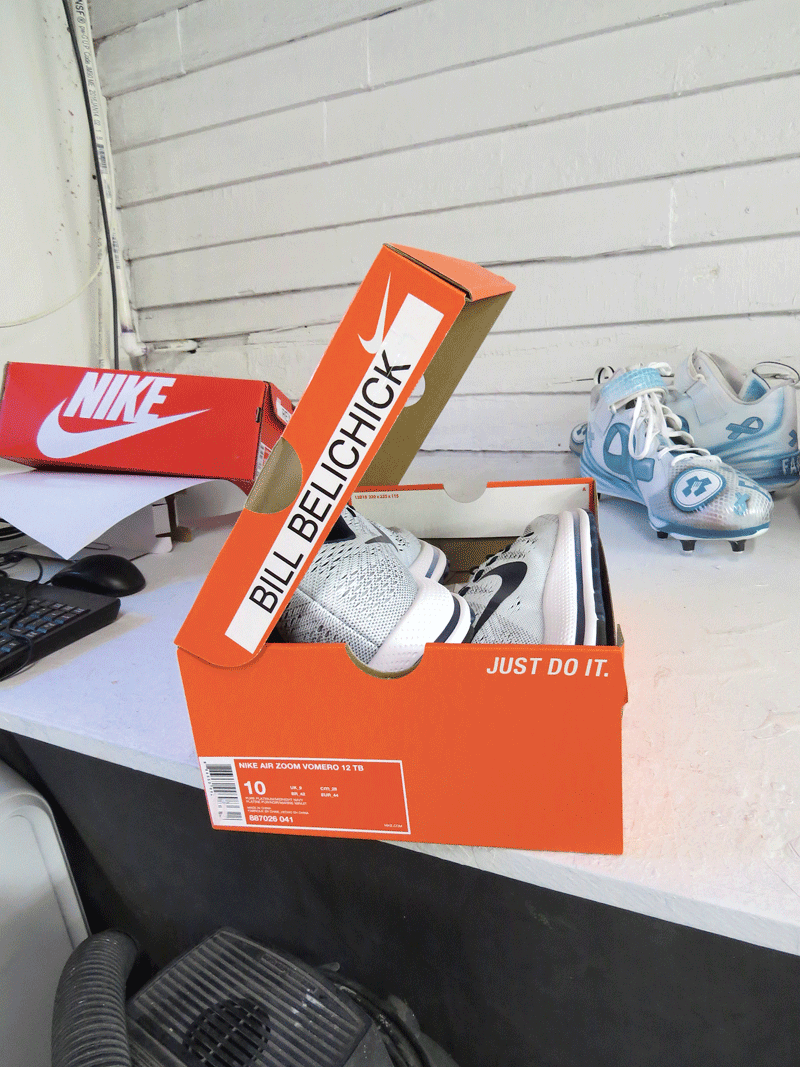
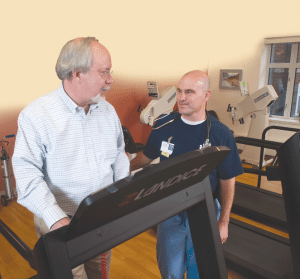
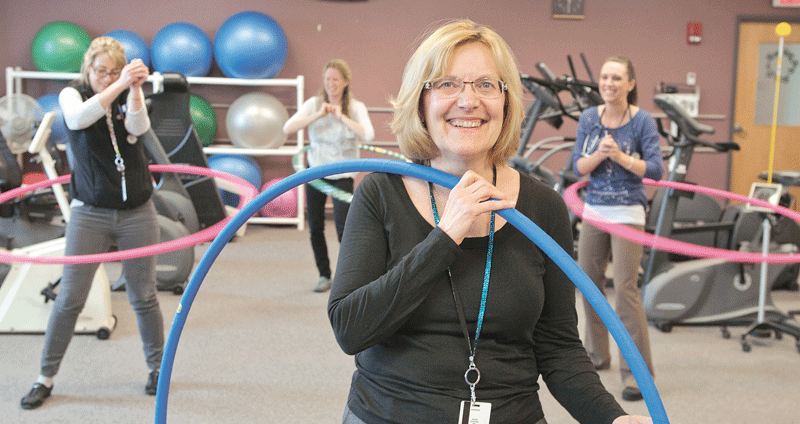
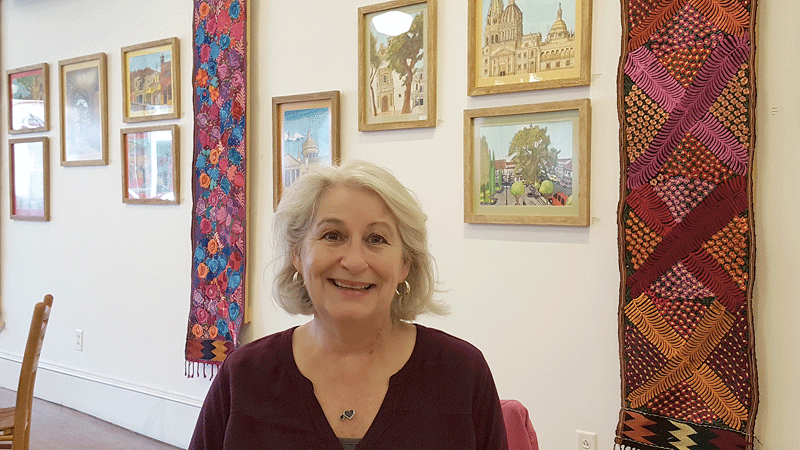
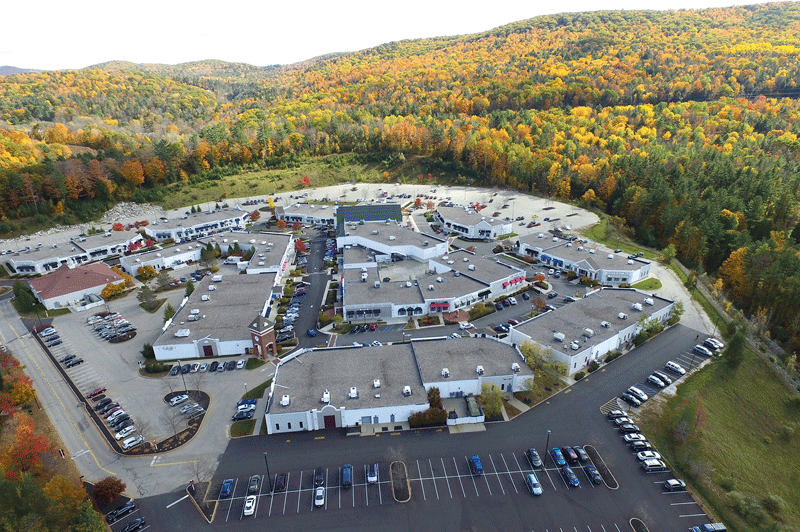
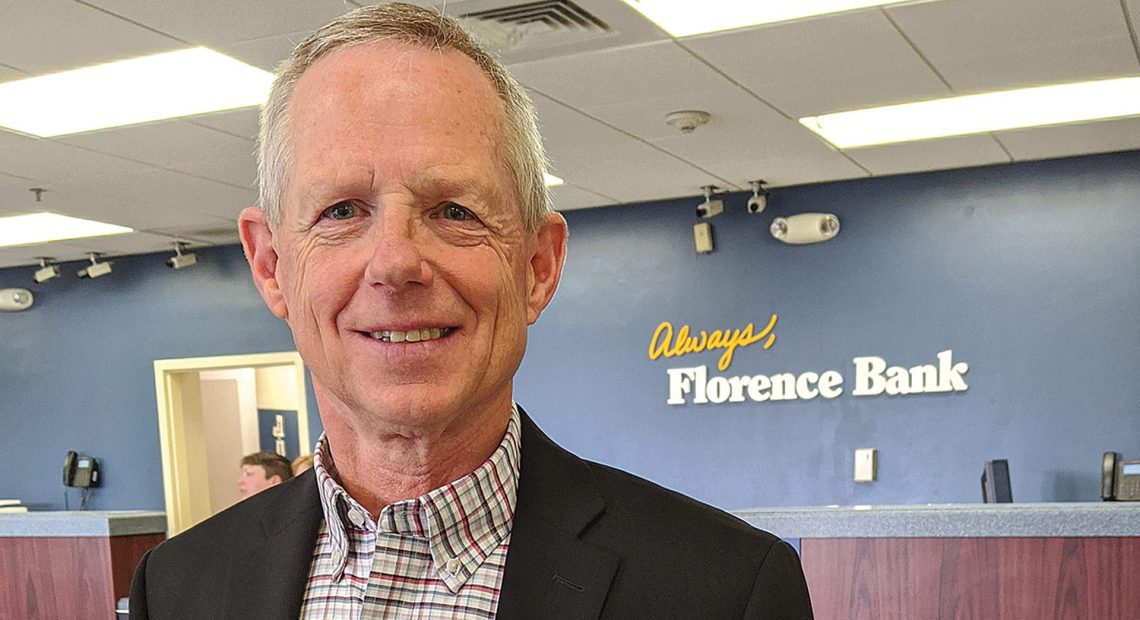


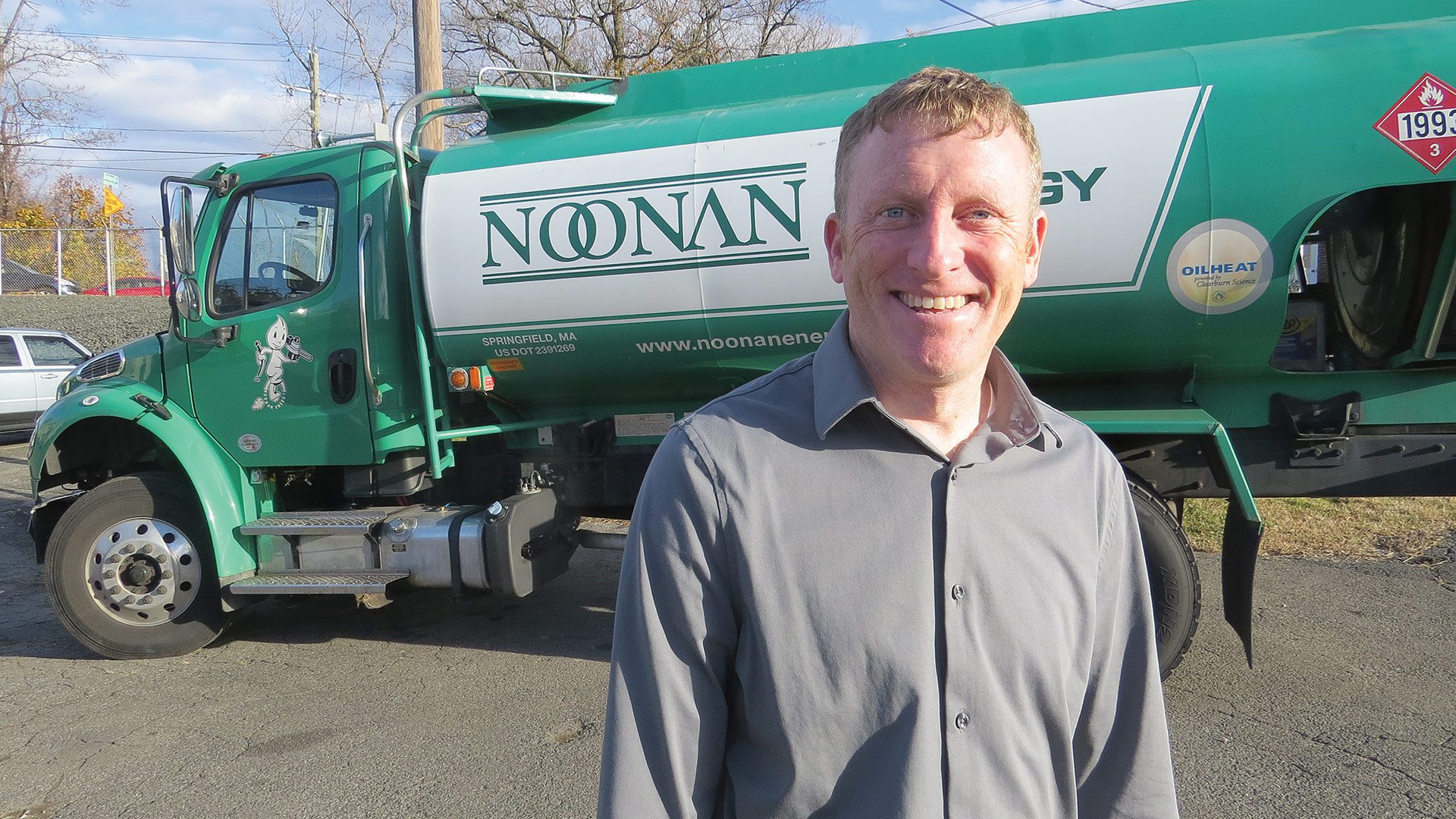
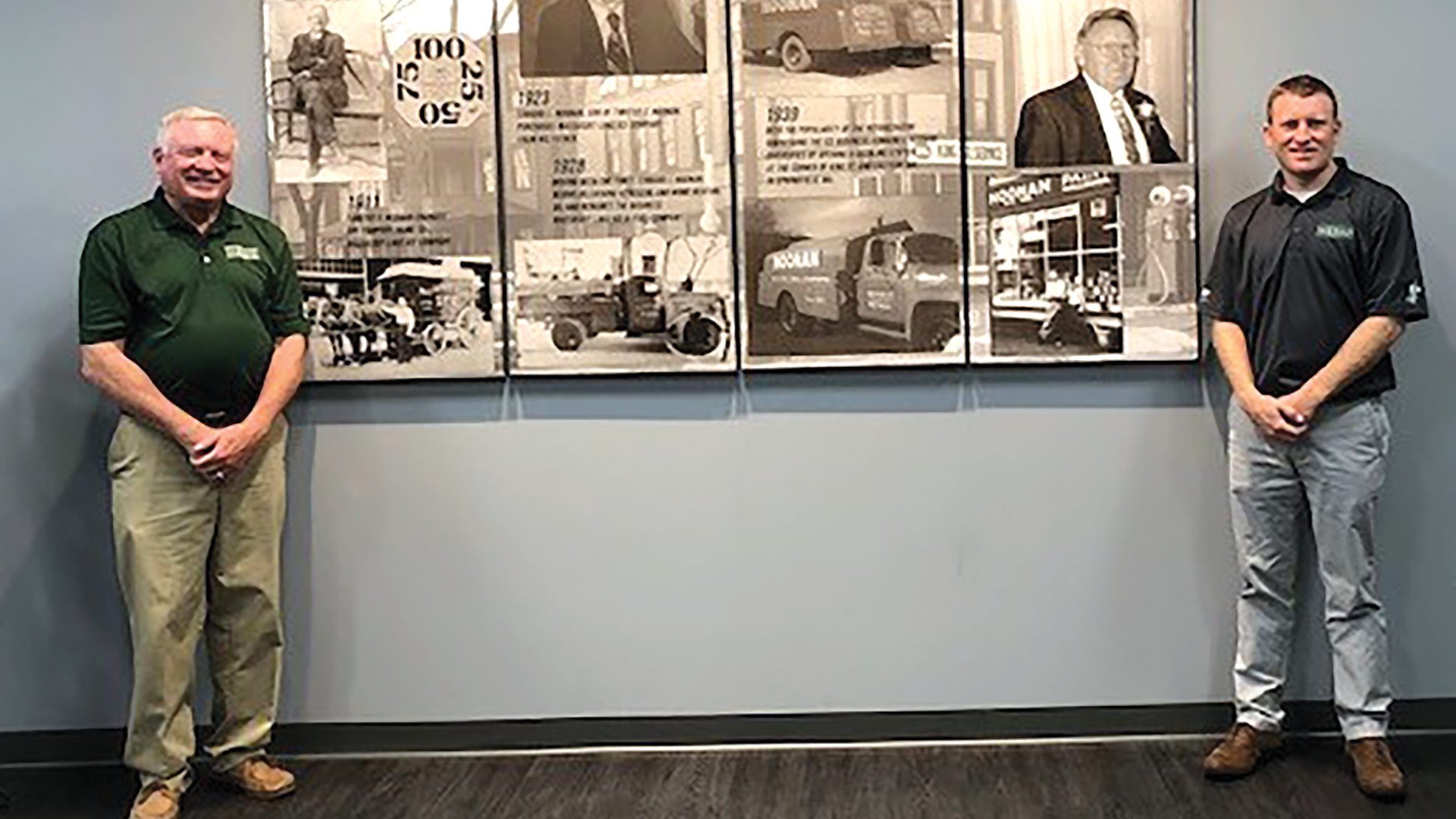
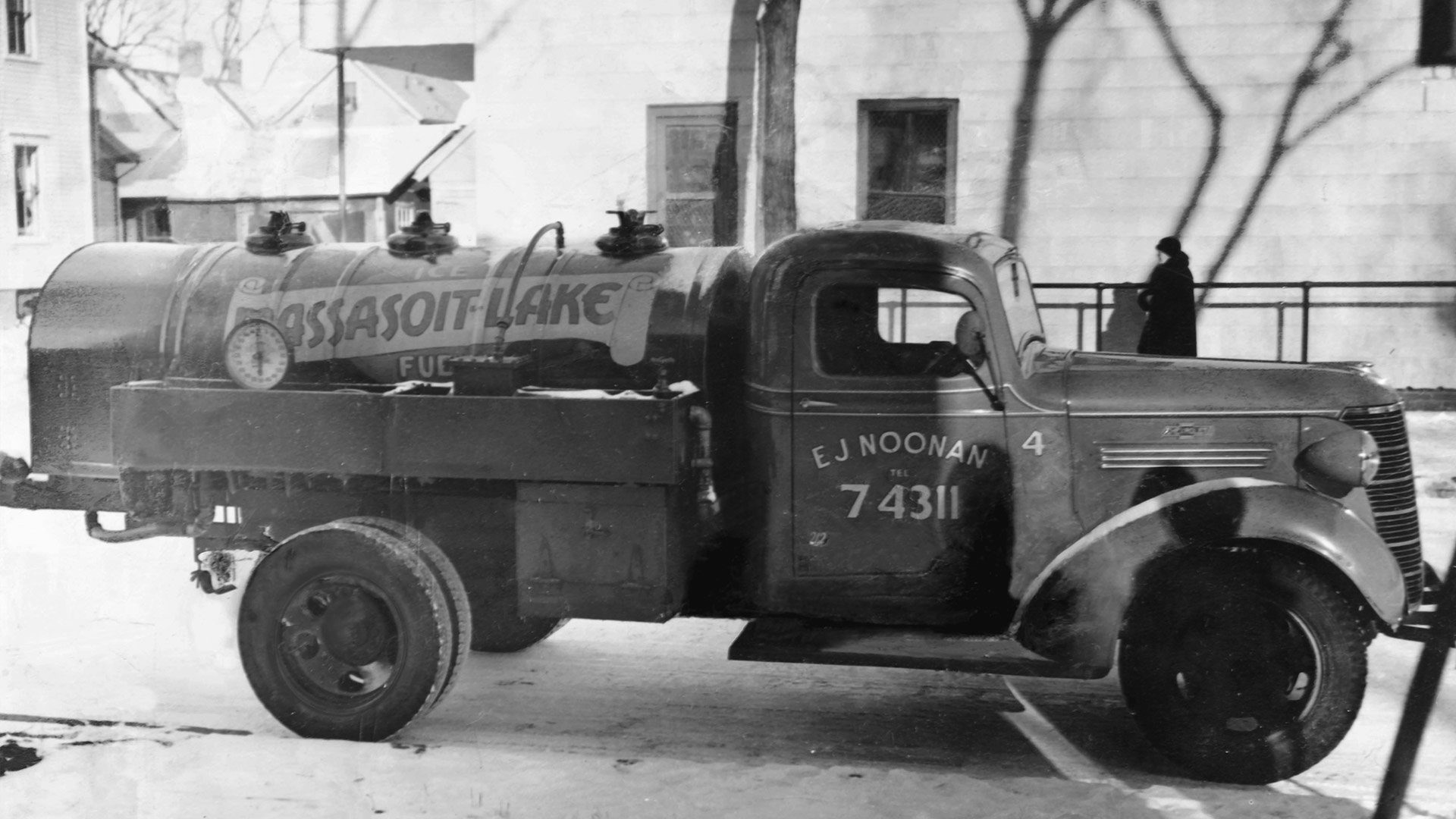
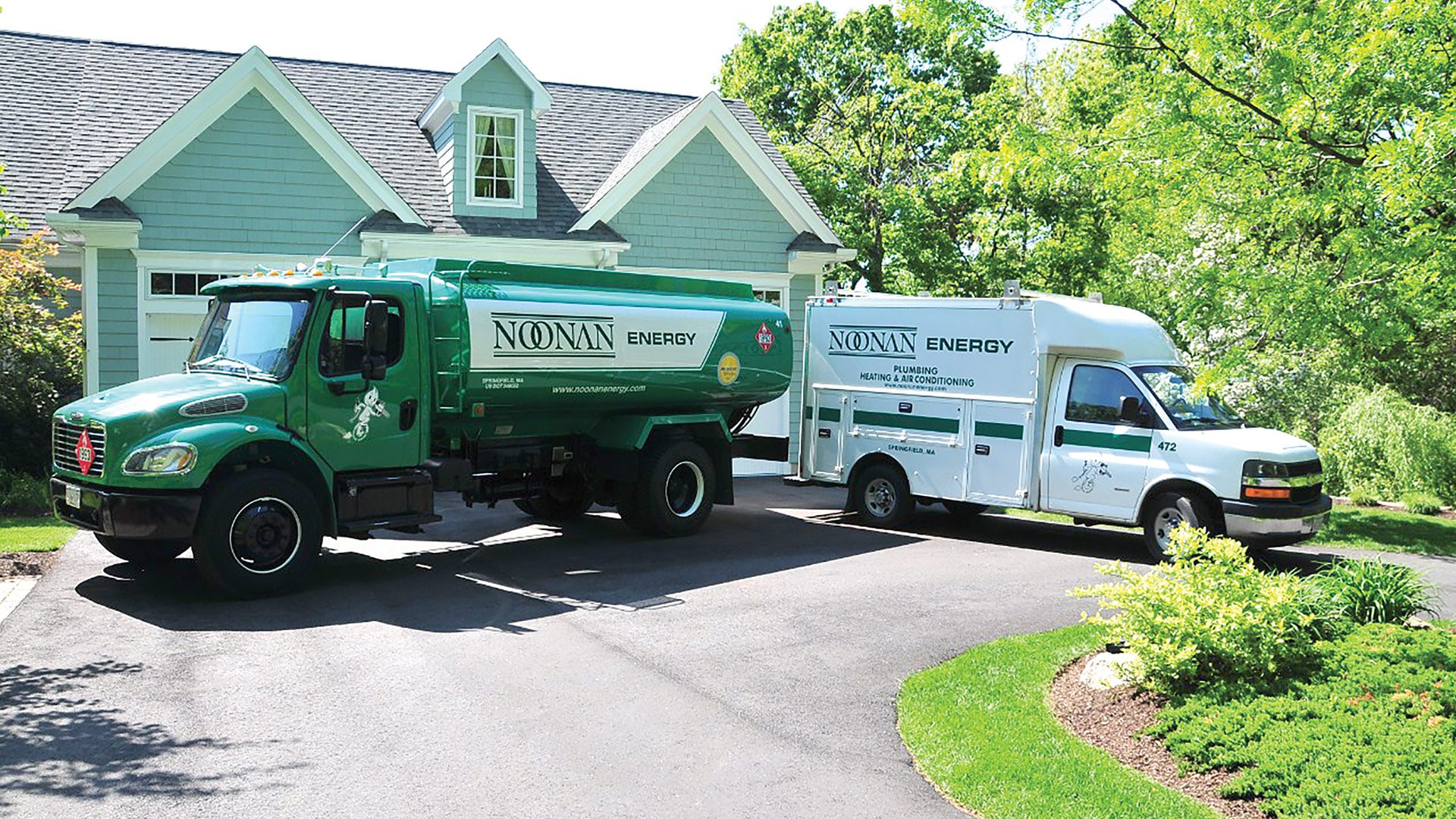




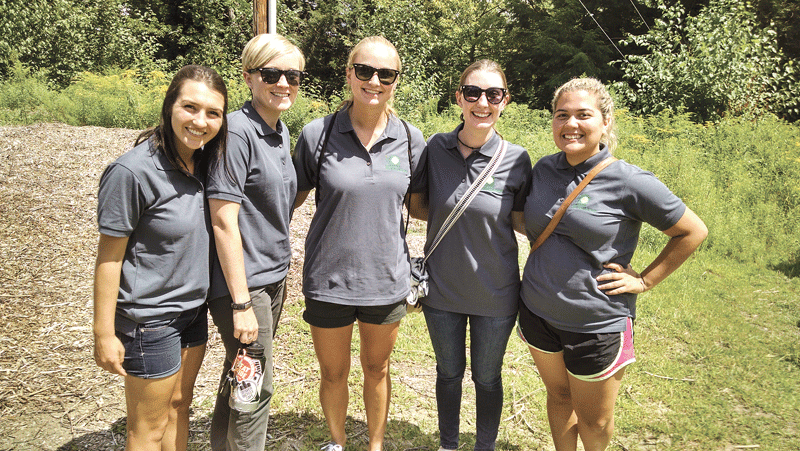

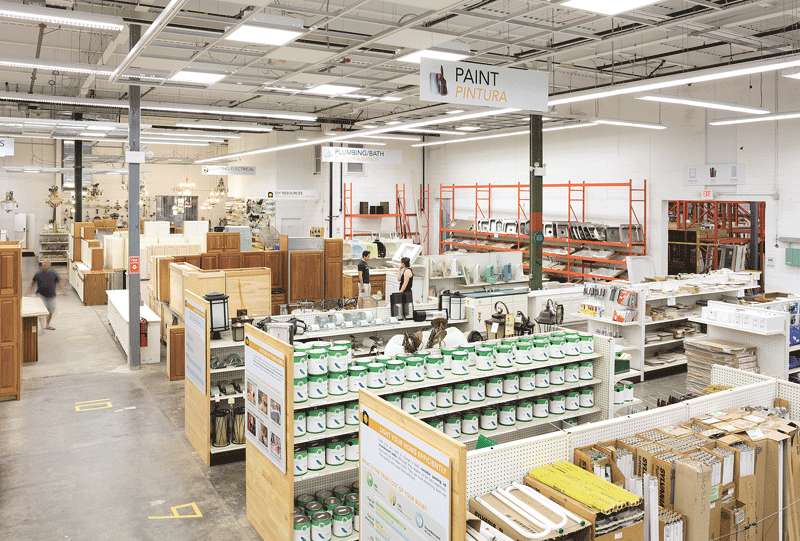 Most importantly, though, EcoBuilding Bargains has met an ambitious goal set when it moved, doubling the amount of materials it recycles (and keeps out of landfills). Over the next couple of years, it will seek to increase that figure by another 50%.
Most importantly, though, EcoBuilding Bargains has met an ambitious goal set when it moved, doubling the amount of materials it recycles (and keeps out of landfills). Over the next couple of years, it will seek to increase that figure by another 50%.

